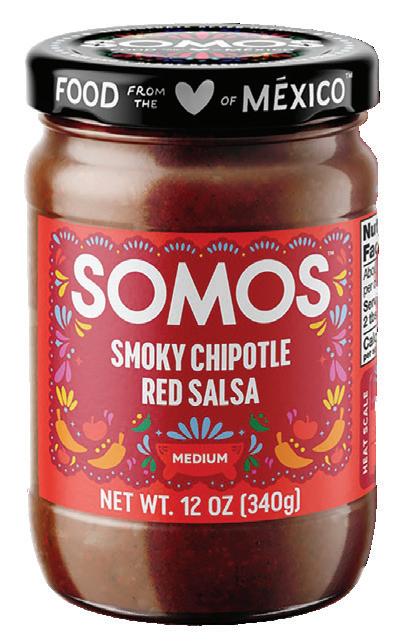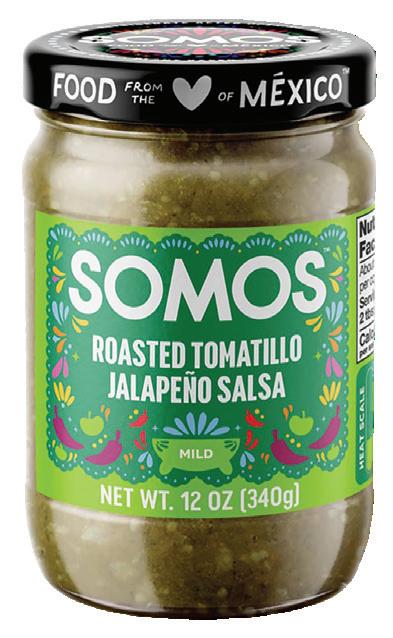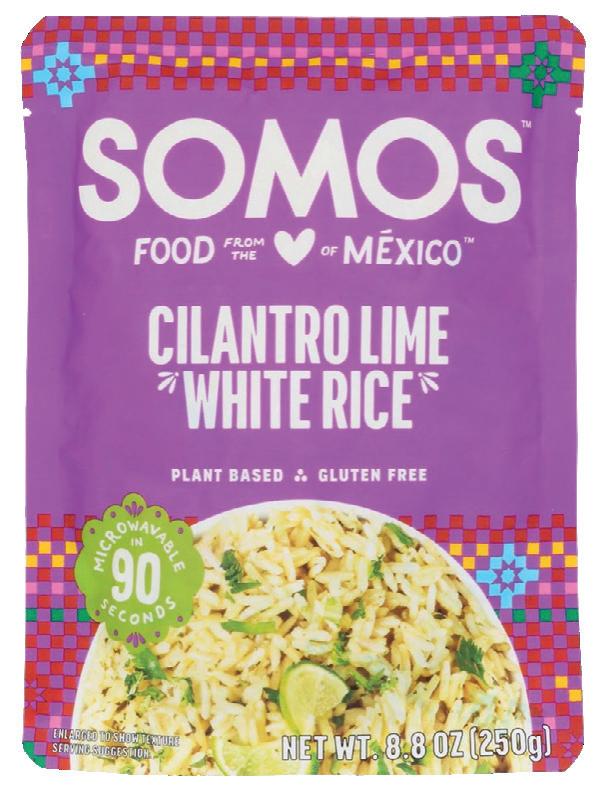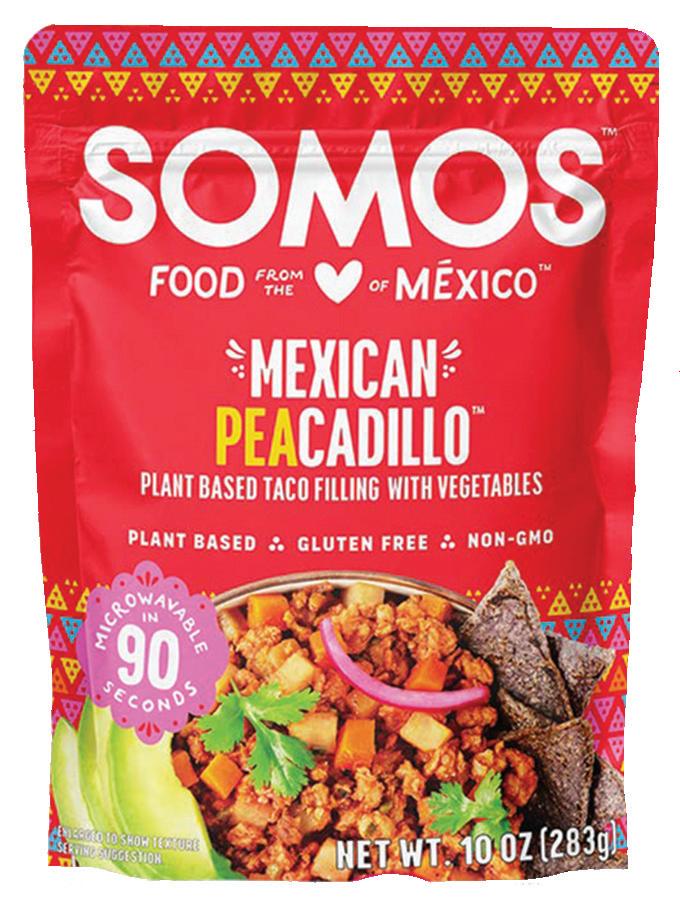rice bowl CHICKEN FAJITA
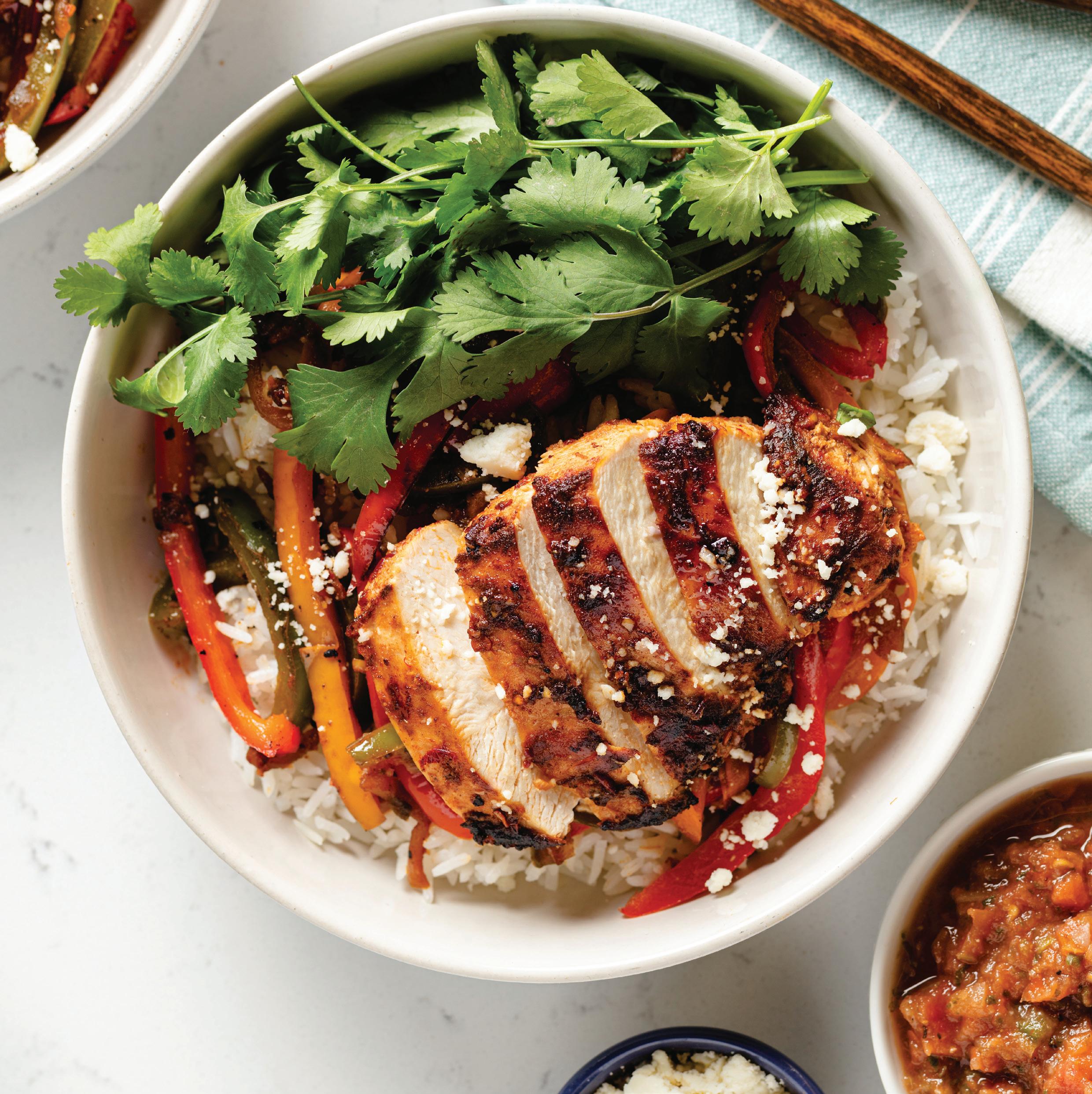
Recipe on page 17
Cinco de Mayo recipes
Lower blood pressure
Sun protection strategies


Recipe on page 17
Cinco de Mayo recipes
Lower blood pressure
Sun protection strategies
Containing both anti-inflammatory and antioxidant properties, lutein and zeaxanthin are carotenoids found in the macula—an area of the retina that’s critical to sharp vision. Both nutrients can fight visual fatigue and improve contrast sensitivity.
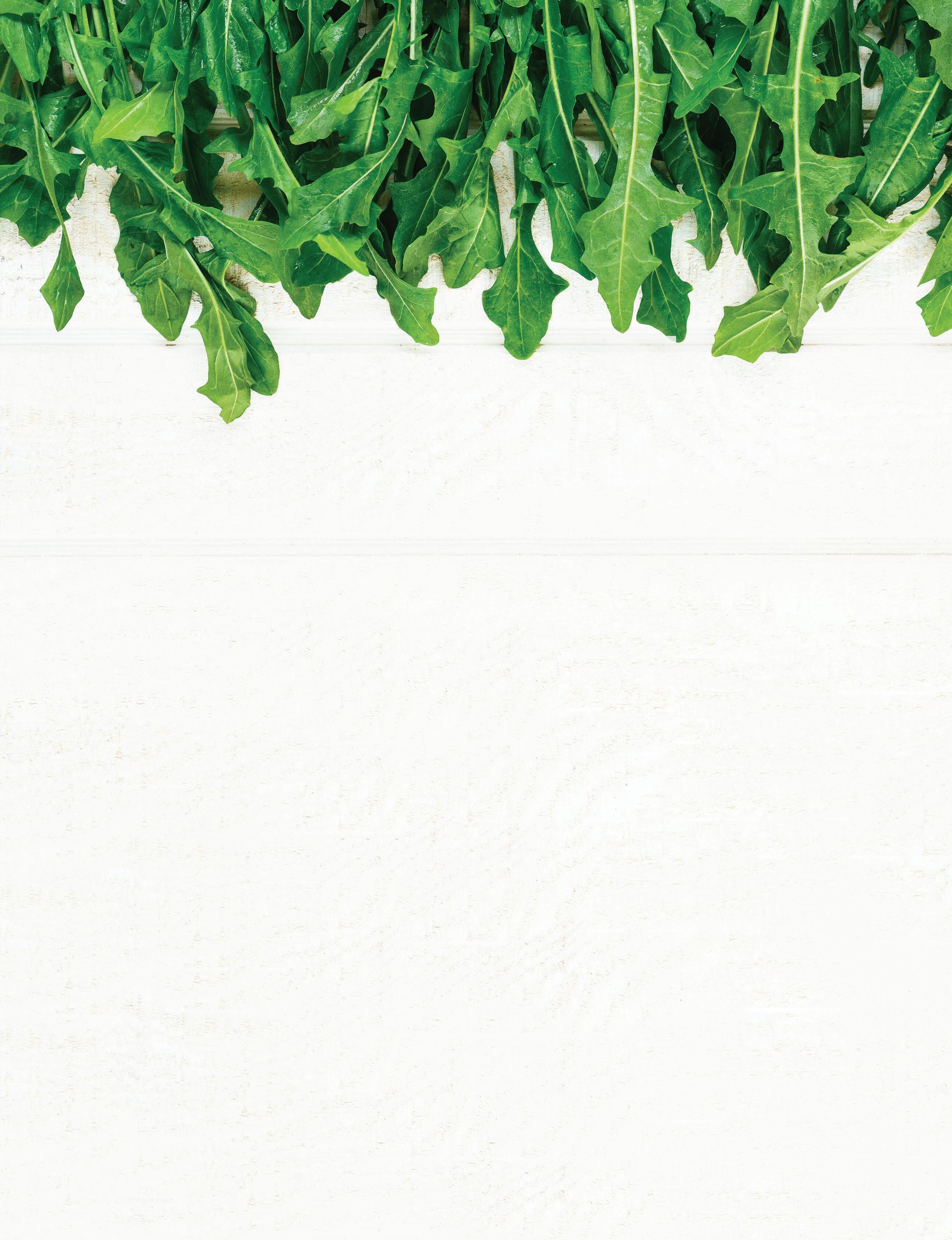
Studies indicate that diets rich in lutein and zeaxanthin may help slow the development of age-related macular degeneration and cataracts. Research also indicates that supplementation with lutein and zeaxanthin may boost cognitive function in adults of all ages.
Lutein is present in spinach, collards, kale, corn, eggs, kiwi, pumpkin, zucchini squash, yellow squash, butternut squash, red grapes, green peas, green bell peppers, cucumbers, and celery. You can find zeaxanthin in kale, spinach, orange bell peppers, corn, oranges and orange juice, honeydew melon, and mangos.
Lutein and zeaxanthin are also available in supplemental form. Supplements may help reduce symptoms of visual fatigue and improve vision for those who spend many hours in front of a computer screen. Discuss supplement use with your healthcare provider. ●
SELECTED SOURCES “Carotenoids,” Linus Pauling Institute, Oregon State University, http://lpi.oregonstate.edu • “Early childhood lutein and zeaxanthin intake is positively associated with early childhood receptive vocabulary and mid-childhood executive function . . . ” by H.A. Mahmassani et al., Journal of Nutrition, 11/22 • “Effects of a lutein and zeaxanthin intervention on cognitive function: A randomized, double-masked, placebo-controlled trial of younger adults” by L.M. Renzi-Hammond et al., Nutrients, 11/14/17 • “Effects of lutein/zeaxanthin supplementation on the cognitive function of community dwelling older adults: A randomized, doublemasked, placebo-controlled trial” by B.R. Hammond et al., Frontiers in Aging Neuroscience, 8/3/17 • “Potential roles of dietary zeaxanthin and lutein in macular health and function” by X. Li et al., Nutrition Reviews, 9/12/22 • “Review of evidence for the usage of antioxidants for eye aging” by P.P. Choo et al., BioMed Research International, 10/3/22


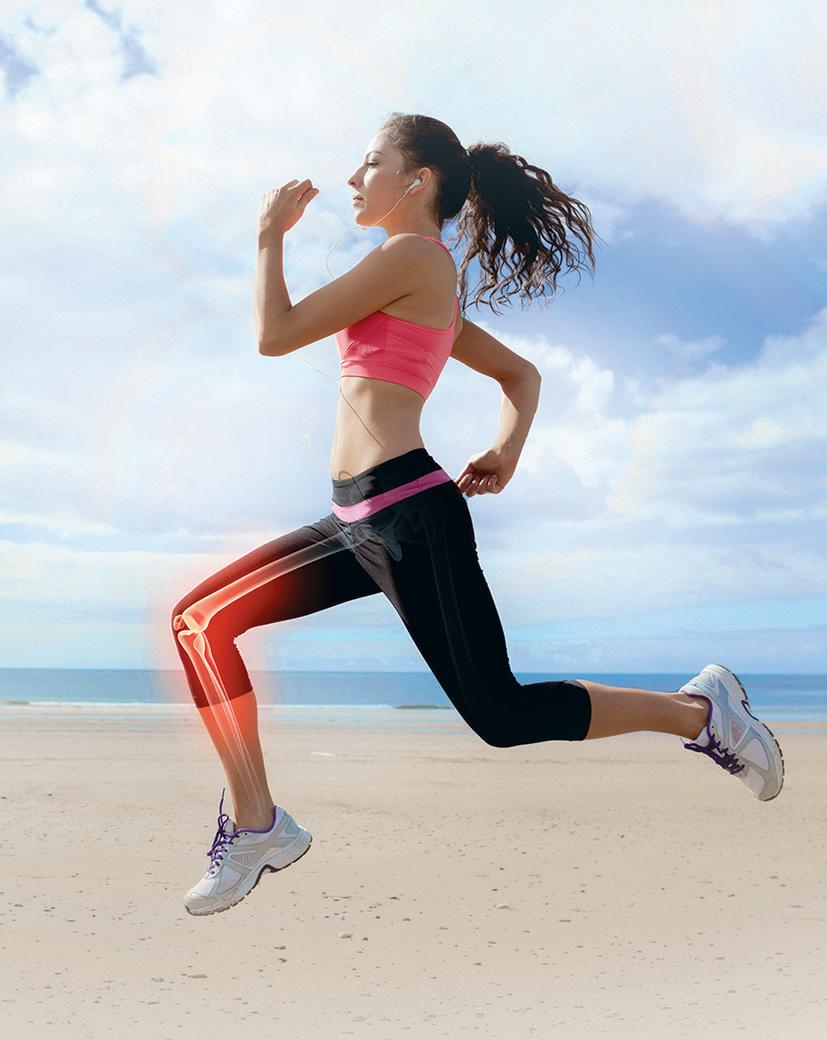
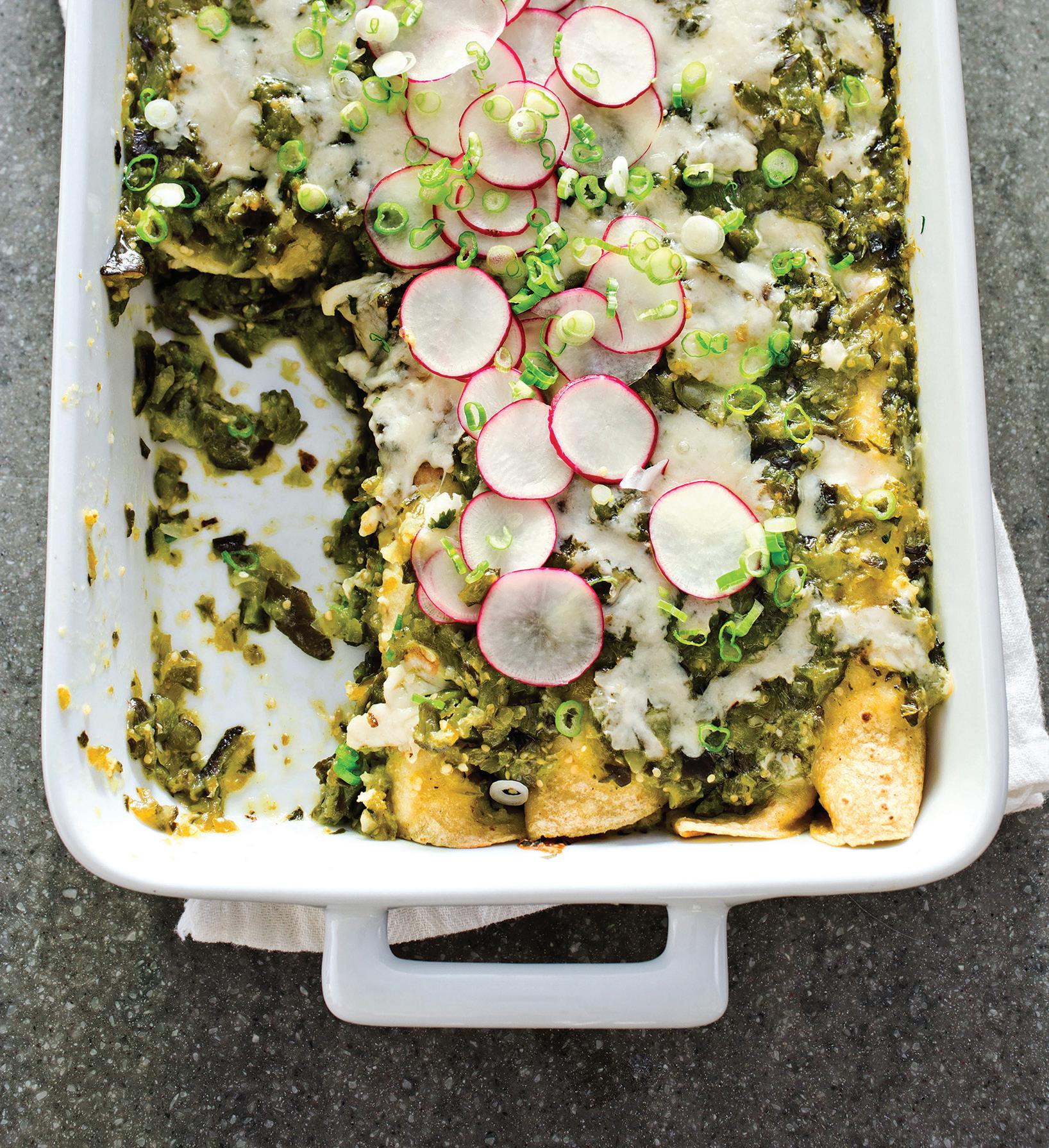
Found on page 17
• NOURISH RECIPE: CHICKEN FAJITA RICE BOWL
• L&B SEASONING SPOTLIGHT: GUACAMOLE SEASONING
Each ingredient adds a layer of flavor that takes these tacos from being “good” to “how did I ever live without this?!”
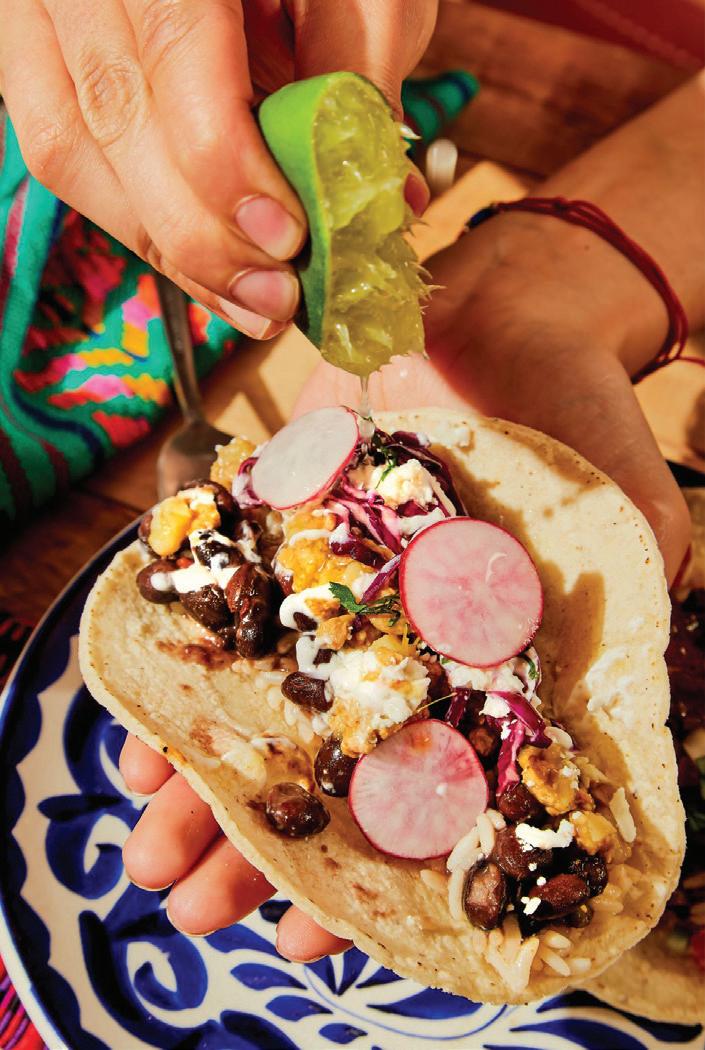
Recipe by SOMOS
2 Tbsp vegetable or olive oil
8 each corn tortillas
1 pouch Somos Cilantro Lime White Rice
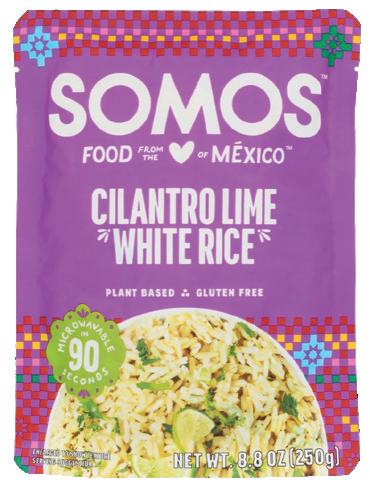
1 pouch Somos Mexican Black Beans
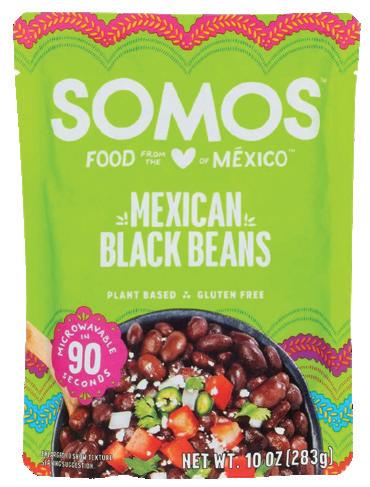
3 Tbsp crema or sour cream
¼ c red cabbage, shredded
1 each radish, thinly sliced
2 Tbsp cilantro, chopped
¼ c cotija cheese, for garnish
1 each lime, cut into wedges, for garnish
1. In a large cast iron skillet or comal, heat oil and cook tortillas until warm and pliable. Microwave Somos
Cilantro Lime White Rice and Somos Mexican Black Beans for 90 seconds each.
2. Starting with rice, distribute both the rice and beans evenly between each tortilla. Garnish with crema, cabbage, cilantro, radish and cotija cheese. Serve with lime and enjoy!
chief content officer and strategist
Lynn Tryba
(Lynn.Tryba@TasteforLife.com)
contributing editors
Lisa Fabian, Rich Wallace
associate editor
Kelli Ann Wilson
art director
Michelle Knapp
custom graphics manager
Donna Sweeney
chief marketing and business development officer
Amy Pierce
customer service 800-677-8847
CustomerService@TasteforLife.com
client services director - retail


Judy Gagne (x128)
client services directoradvertising & digital

Ashley Dunk (x190)
western brand promotions director Shannon Dunn-Delgado 415-382-1665
vice president – group brand promotions

Bob Mucci 603-831-1868
vice president – retail sales and strategic partnerships
Anna Johnston
(Anna.Johnston@TasteforLife.com) )
founder and chief executive officer

T. James Connell
creative and sales offices
155 Washington Street Keene, NH 03431 603-283-0034
amount: 4 servings
Published monthly by Taste for Life®, 155 Washington Street, Keene, NH 03431, 603-283-0034 (fax 603-283-0141); © 2023 Connell Communications, Inc. All rights reserved. This magazine is not intended to provide medical advice on personal health conditions, nor to replace recommendations made by health professionals. The opinions expressed by contributors and sources quoted in articles are not necessarily those of the editor or the publisher. Advertisers and advertising agencies assume liability for all content of advertising and for any claims arising therefrom. Information appearing in this magazine may not be reproduced in whole or in part without express permission of the publisher.
The inks used to print the body of this publication contain a minimum of 20%, by weight, renewable resources.

Printed in the US on partially recycled paper.
For more health and wellness resources visit
Nutritional analysis from Edamam. Nutritional values vary depending on portion size, freshness of ingredients, storage, and cooking techniques. They should be used only as a guide. Star ratings are based on standard values (SVs) that are currently recommended: ★★★★★
Extraordinary (50 percent or better), ★★★★ Top source, ★★★ Excellent source, ★★ Good source, ★ Fair source
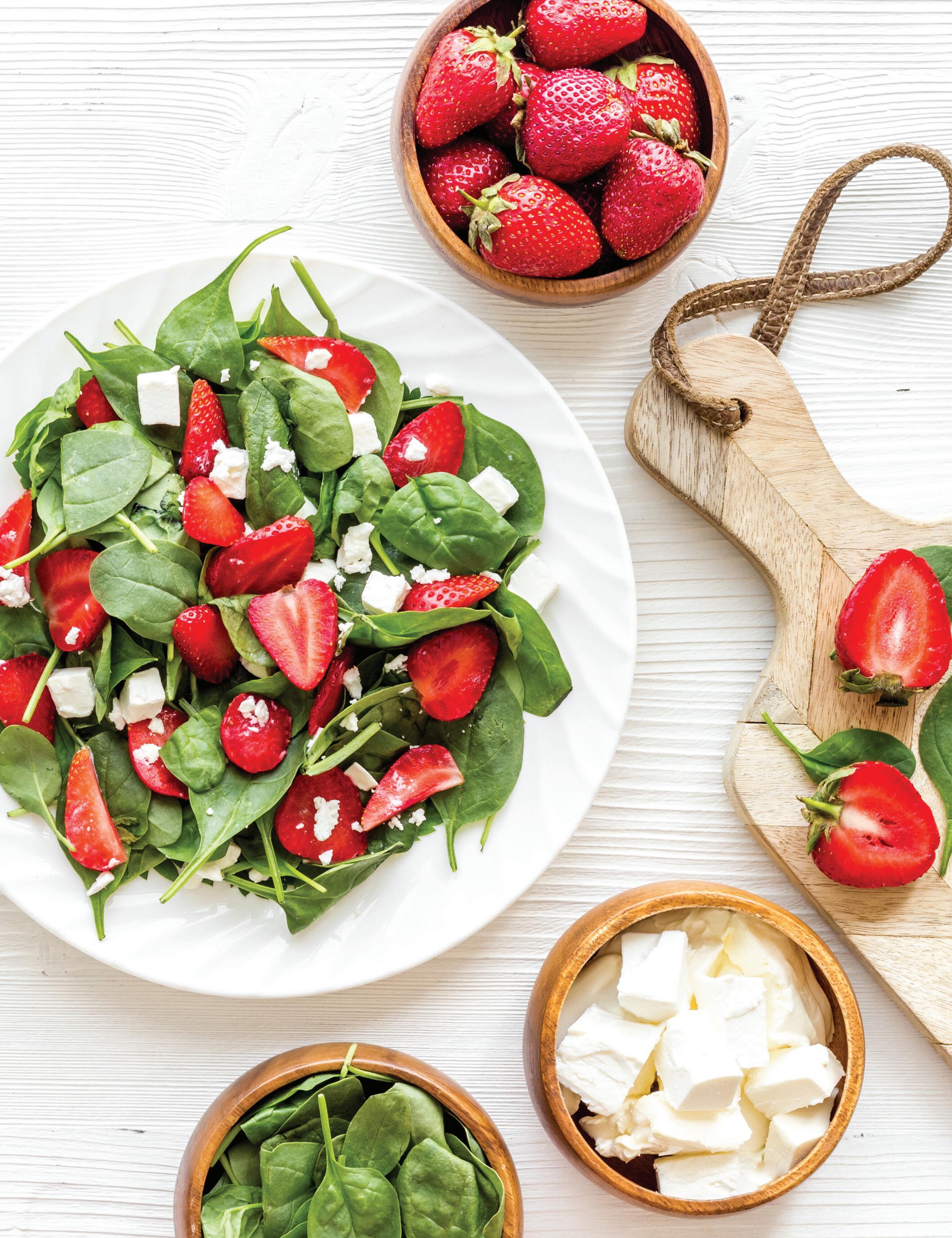
From the Taste for Life test kitchen
4 c baby spinach
2 c sliced strawberries
½ c crumbled feta cheese
Poppy Seed Dressing
3 Tbsp lemon juice
1 Tbsp apple cider vinegar
1 Tbsp honey
1 tsp Dijon mustard
2 tsp poppy seeds
⅛ c extra-virgin olive oil
15 min prep time serves 4
Salt and freshly ground black pepper
1. Gently toss spinach, strawberries, and feta in a large bowl.
2. In a small bowl, whisk together lemon juice, vinegar, honey, mustard, and poppy seeds. Slowly whisk in oil. Season dressing with salt and pepper to taste.
3. Divide salad between four plates. Serve dressing on side.
Per serving: 166 Calories, 4 g Protein, 13 g Carbohydrates, 10 g Total sugars (4 g Added sugars), 2 g Fiber, 12 g Total fat (4 g sat), 330 mg Sodium, ★★★★★ Vitamin C, ★★★★ Vitamin K, ★ Vitamin B2 (riboflavin), B6, B12, E, Calcium, Folate, Phosphorus
Performing more than the amount of exercise recommended in the 2018 Physical Activity Guidelines for Americans can lead to living longer. For adults, the guidelines call for at least 150 to 300 minutes per week of moderate-intensity exercise (including walking and working out with weights); 75 to 150 minutes per week of vigorous activity (such as swimming, running, and cycling); or a combination of both.
In a long-term study of more than 100,000 people, researchers found lower death rates, from both cardiovascular and other causes, in those who exercised two to four times more per week than the guidelines suggest. That translates to 150 to 300 minutes per week of vigorous exercise and 300 to 600 minutes of moderate.
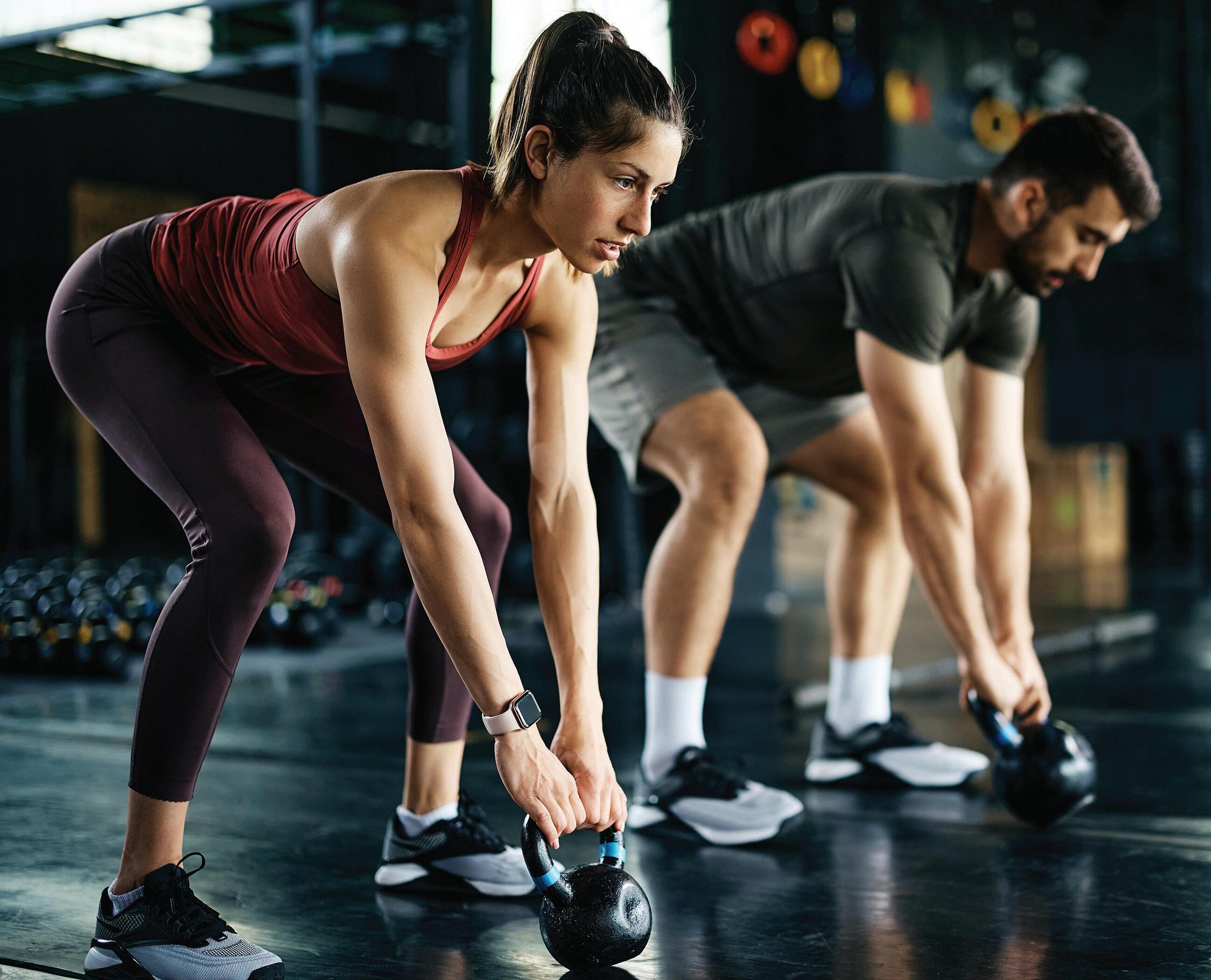
Health professionals have long touted the benefits of a low-carbohydrate, plant-based diet in keeping Type 2 diabetes at bay. A new study links this type of eating plan with living longer for people who already have the disease.
The study provides evidence that “low-carb diets can help manage the progression of existing diabetes,” says lead author Yang Hu, a research associate in the department of nutrition at Harvard’s T.F. Chan School of Public Health. The analysis of 34 years’ worth of health data showed strong benefits for low-carb diets that emphasized plant-based foods and high-quality carbohydrates such as fruits, vegetables, and whole grains.
SOURCE “Plant-based low-carbohydrate diet linked with lower risk of premature death for people with type 2 diabetes,” Harvard T.F. Chan School of Public Health, www.hsph.harvard.edu, 2/28/23

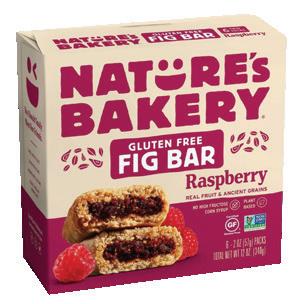
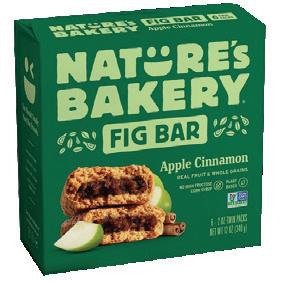
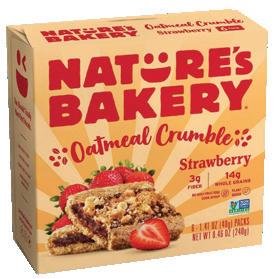
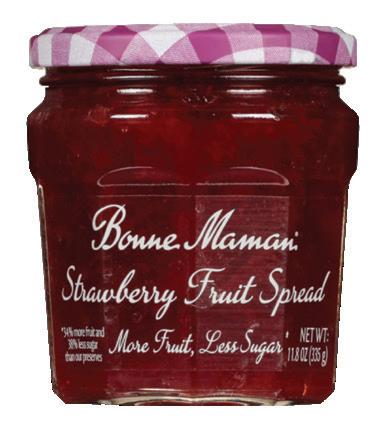
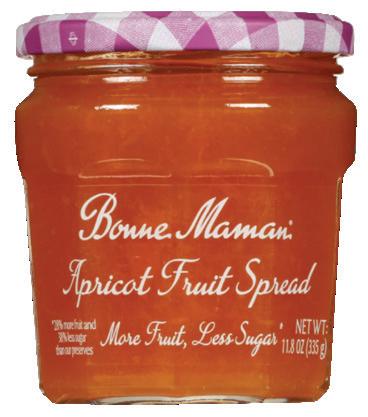

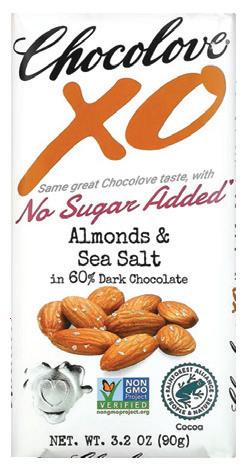
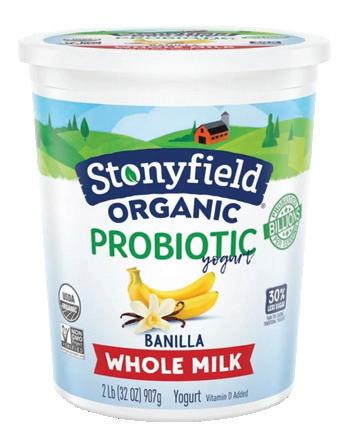
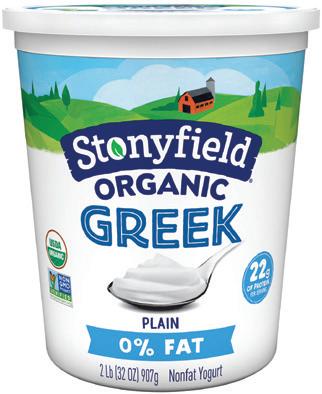

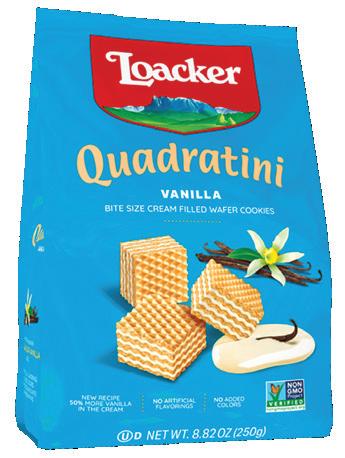
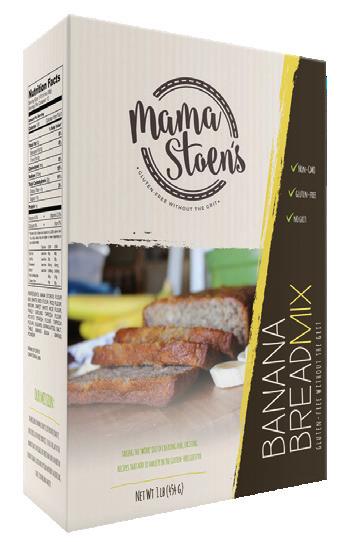
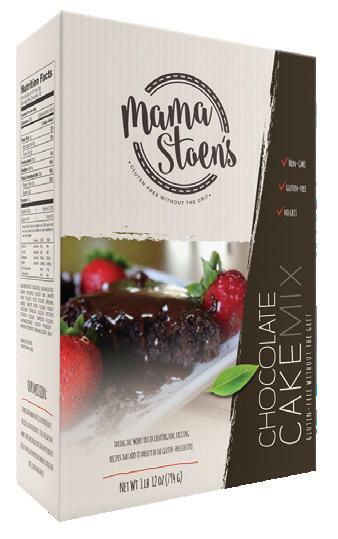
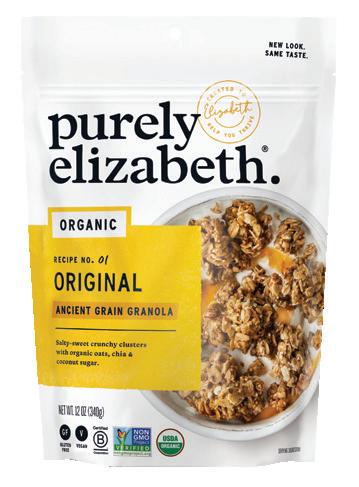
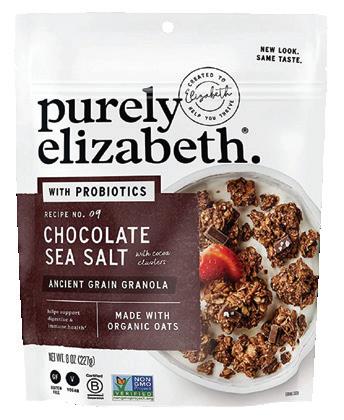
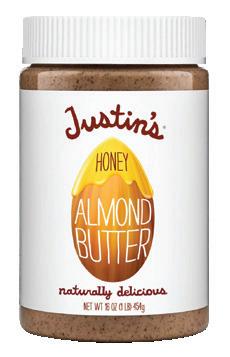

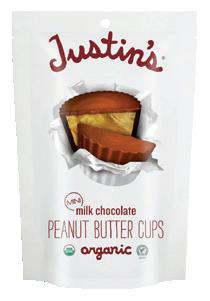
KIND makes it easy to make good, wholesome, snack decisions — and take them with you. KIND products are made from nutritionally-dense ingredients like whole nuts, fruit and whole grains — no secret ingredients and no artificial flavors, preservatives or sweeteners.
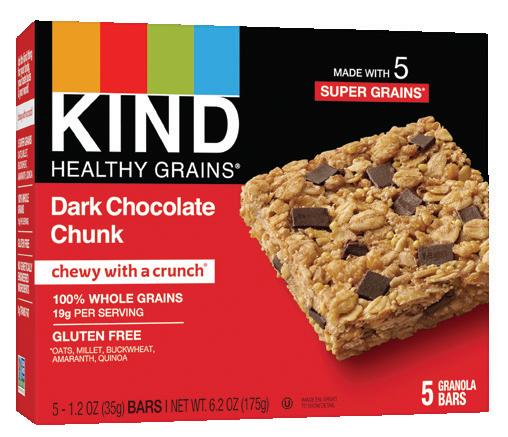
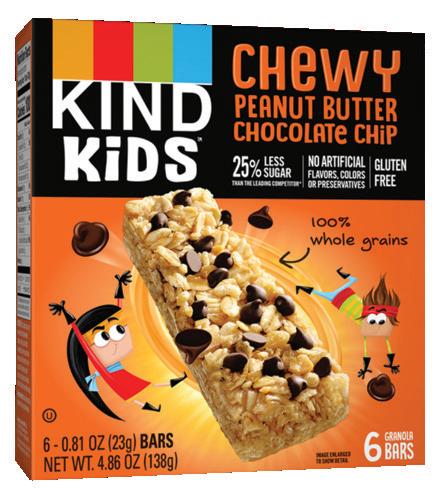
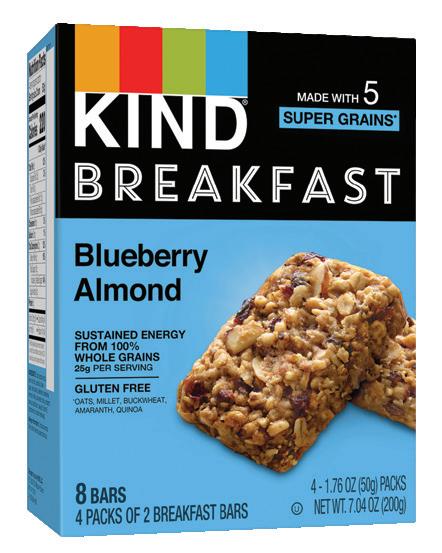
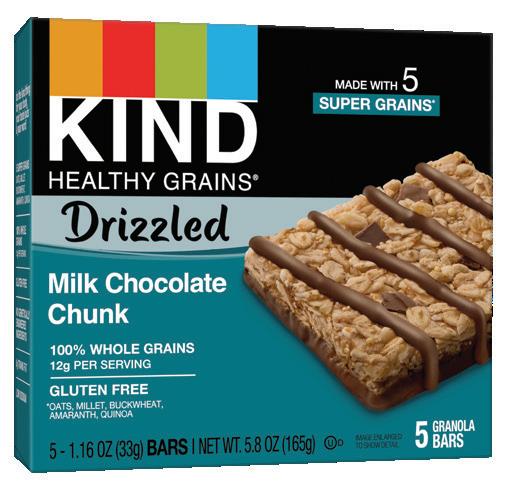
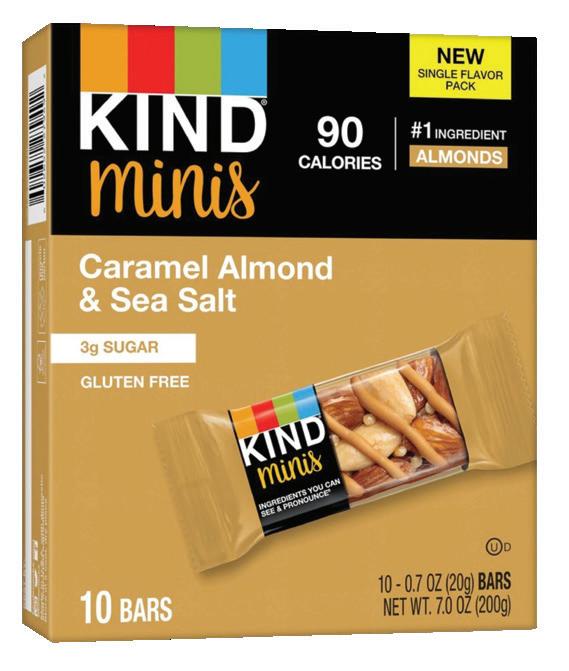
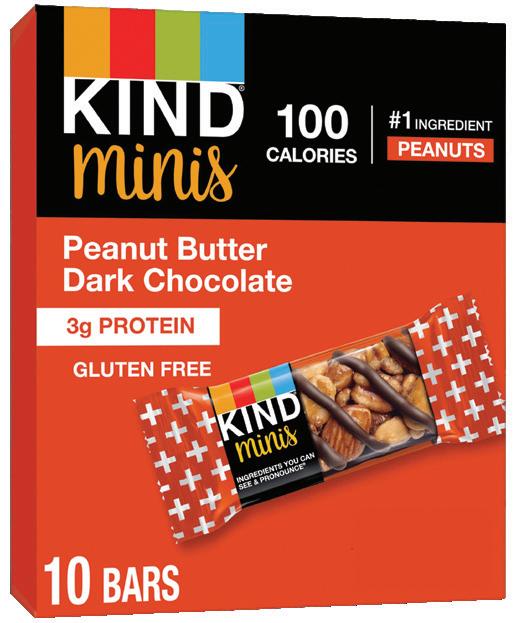
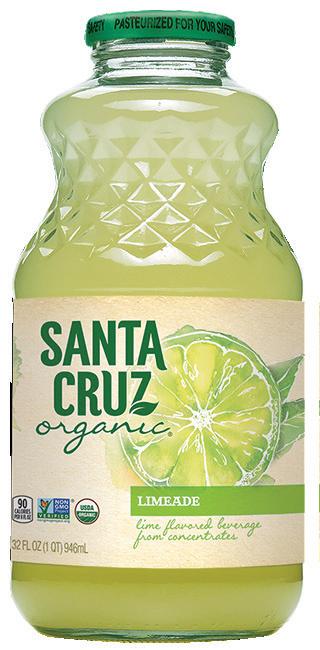
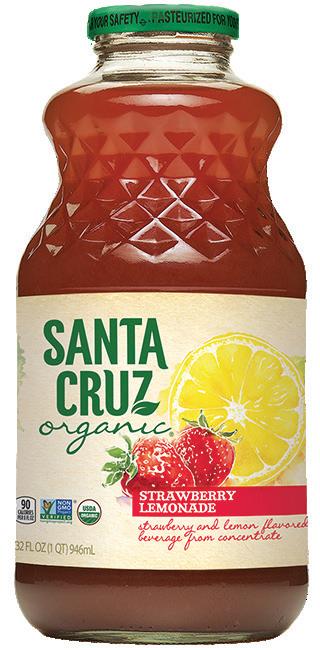
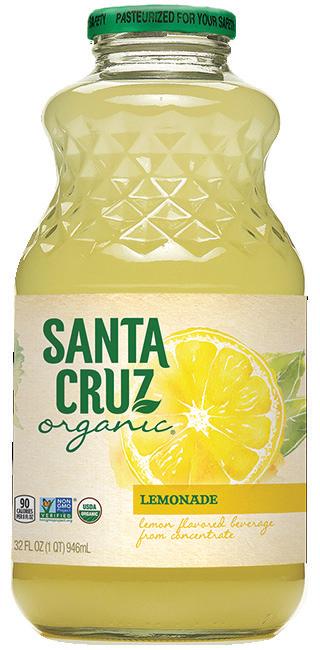
Warm, carefree afternoons and bright, sun-shiny mornings are what Santa Cruz Organic lemonades will remind you of. These refreshing drinks are the perfect way to keep on cruzin’ through your day! All are guaranteed to be organic, assuring product integrity and supporting efforts for environmental responsibility.
2/$5.00 Save $2.98 on 2 32 oz. SELECT VARIETIES
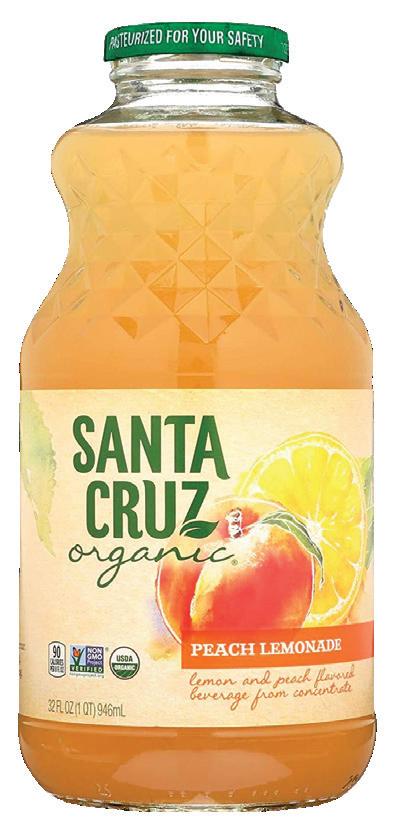
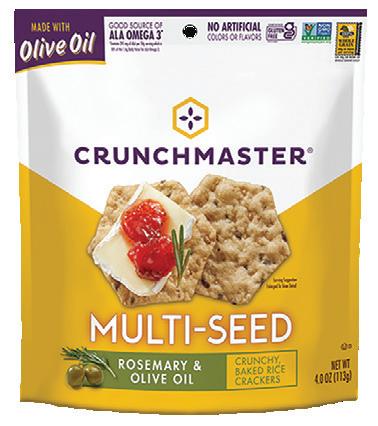
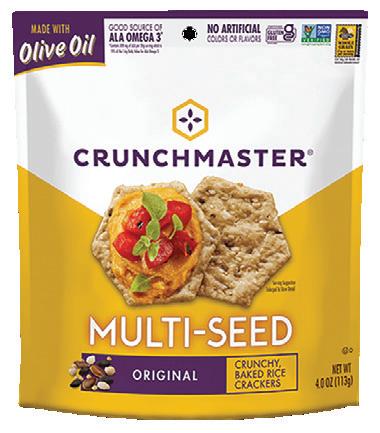

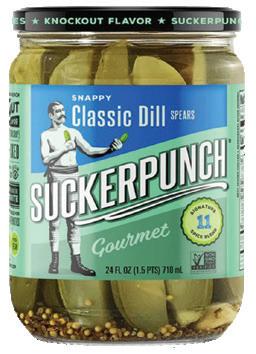
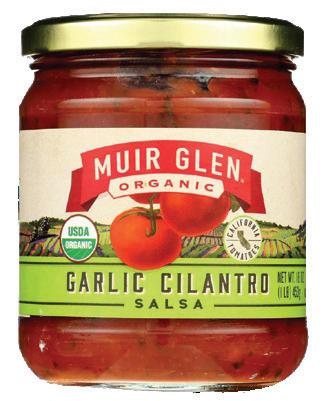
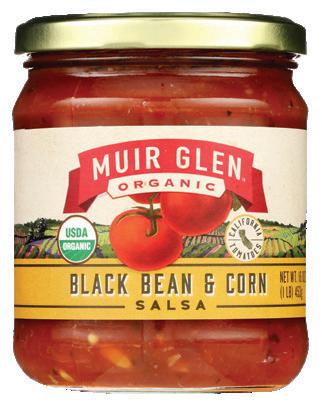
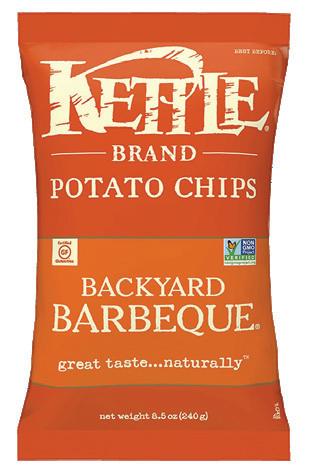
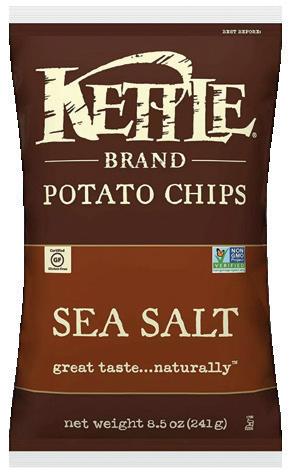
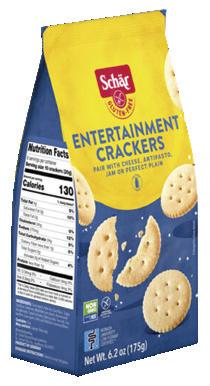


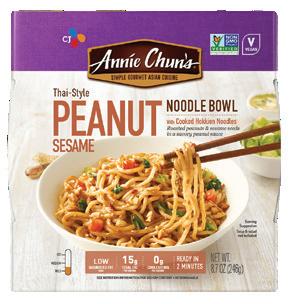




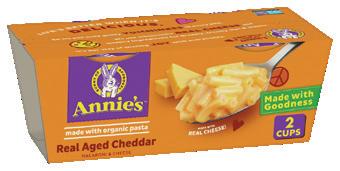
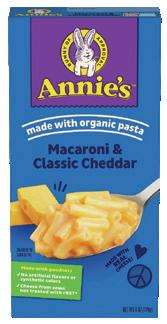
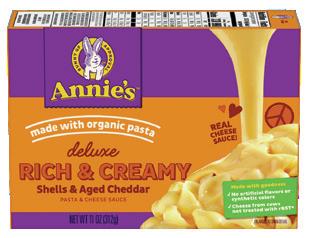
Mark Sisson, New York Times best selling author of The Keto Reset Diet, set out to create the world’s best-tasting, real-food pantry staples, starting with a mayonnaise made with avocado oil. These condiments are made with real, simple, exceptional ingredients — and contain no dairy, gluten, grain, refined sugar or soy.
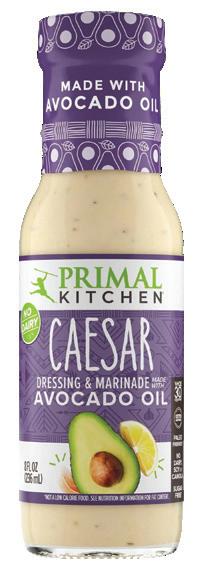
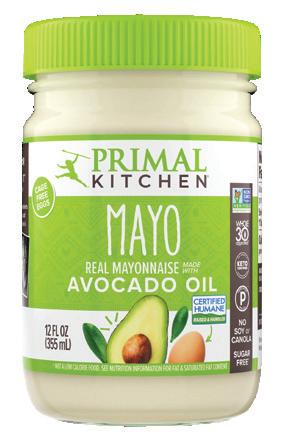


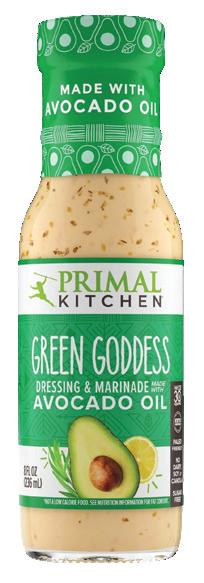
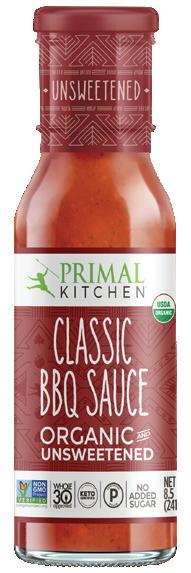
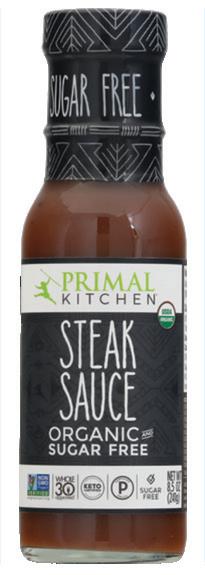
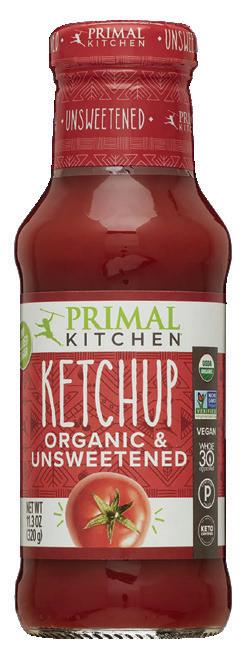
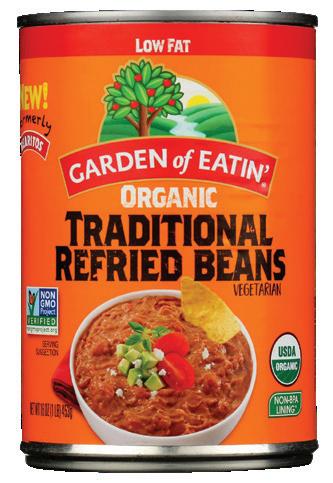

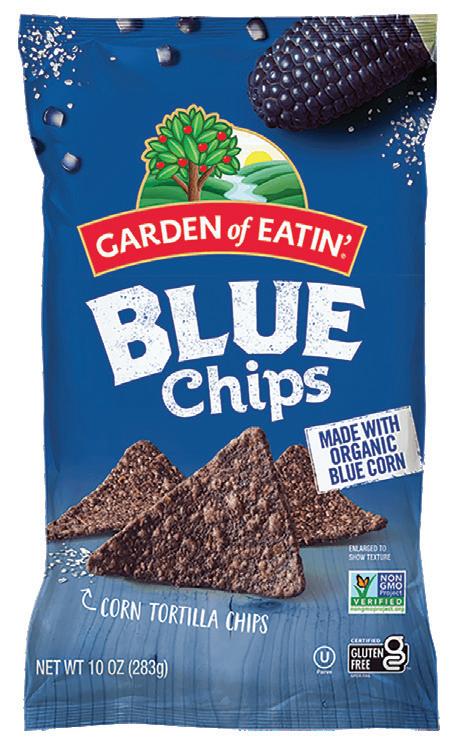
Enjoy a great deal on your favorite better-for-you chip brands! Choose from the vibrant root vegetables of Terra Chips, the tasty crunch of Sensible Portions, or tortilla chips from Garden of Eatin’ made with organic corn.
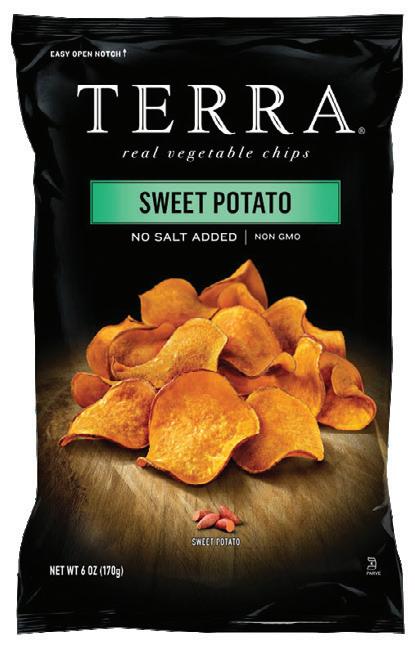

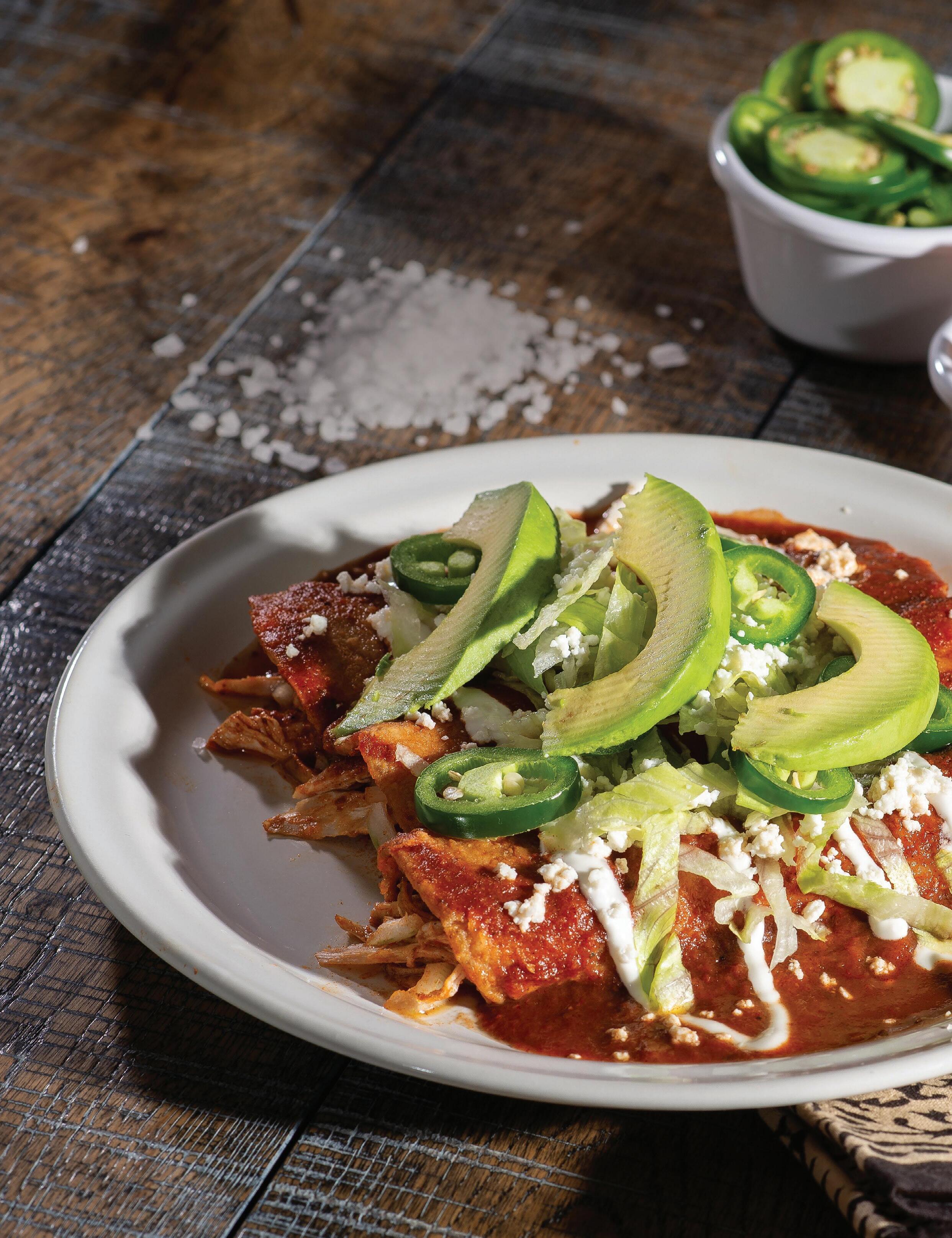
Enchiladas take time to make. But this hearty entrée is worth it. Corn tortillas stuffed with tasty meat or vegetarian fillings and topped with red or green sauce, they’re a true crowd pleaser. Pressed for time? Try the simple stacked version featured on page 14.
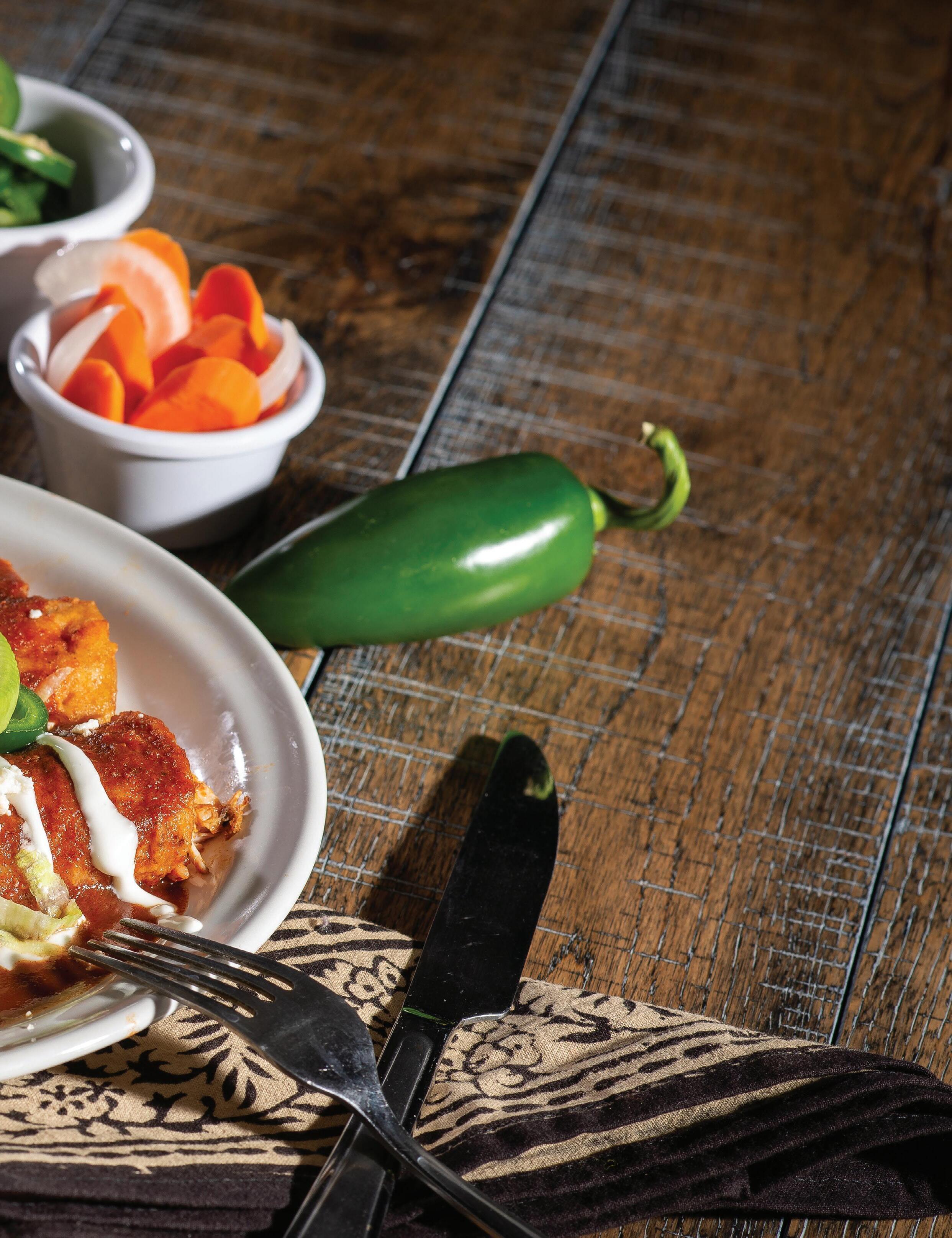
From The Chicken Bible by America’s Test Kitchen ($40, America’s Test Kitchen, 2021)
¼ c vegetable oil, divided
1 onion, chopped fine
3 Tbsp chili powder
3 garlic cloves, minced
2 tsp ground coriander
2 tsp ground cumin
2 tsp sugar
½ tsp table salt
1 lb boneless, skinless chicken thighs, trimmed and cut into ¼-inch-wide strips
2 (8 oz) cans tomato sauce
¹⁄³ c water
½ c minced fresh cilantro
¹⁄³ c jarred jalapeños, rinsed, patted dry, and chopped
10 oz sharp Cheddar cheese, shredded (2½ c), divided
12 (6 inch) corn tortillas
Vegetable oil spray
1. Adjust oven rack to the middle position and heat oven to 400˚ Heat 2 tablespoons of the oil in a large saucepan over medium heat until shimmering. Add onion and cook until softened and lightly browned, 5 to 7 minutes. Stir in chili powder, garlic, coriander, cumin, sugar, and salt. Cook until fragrant, about 30 seconds. Stir in chicken, tomato sauce, and water. Bring to a gentle simmer. Cook, stirring occasionally, until chicken is tender and flavors meld, 8 to 10 minutes.
2. Pour mixture through a fine-mesh strainer into a bowl, pressing on strained chicken mixture to extract as much sauce as possible. Set sauce aside. Transfer chicken mixture to a bowl, refrigerate for 20 minutes to chill, and then stir in cilantro, jalapeños, and 2 cups of the cheese.
3. Brush both sides of tortillas with
remaining 2 tablespoons of oil. Stack tortillas, wrap in a damp dish towel, and place on a plate; microwave until warm and pliable, about 1 minute. Working with 1 warm tortilla at a time, spread ¹⁄³ cup chicken filling across center of tortilla, roll tortilla tightly around filling, and place seam side down in a greased 13x9-inch baking dish (or similar size casserole dish). Arrange enchiladas in 2 columns across width of dish. (Enchiladas, wrapped tightly in plastic wrap and covered with aluminum foil, and sauce can be refrigerated separately for up to 24 hours or frozen for up to 1 month; if frozen, thaw completely in the refrigerator.)
4. Spray top of enchiladas with oil spray and bake uncovered until lightly toasted on top, 10 to 15 minutes. Pour sauce over enchiladas, covering tortillas completely, and then sprinkle remaining ½ cup of cheese across center of enchiladas. Cover dish tightly with greased aluminum foil and bake until enchiladas are hot throughout, bubbling around edges, and cheese is melted, 20 to 25 minutes. Serve immediately.
Kitchen Note: Enchiladas with red sauce are a great dish to assemble the day before. It’s best to store the enchiladas separately from the sauce so the enchiladas can bake partway through before the sauce is added, giving the top a chance to crisp and brown.
If you prefer, Monterey Jack cheese can be used instead of Cheddar, or, for a mellower flavor and creamier texture, try substituting an equal amount of queso fresco. Serve with sour cream, sliced avocado, shredded lettuce, jalapeño slices, and/or lime wedges.
Per serving: 589 Calories, 33 g Protein, 37 g Carbohydrates, 7 g Total sugars (1 g Added sugars), 8 g Fiber, 36 g Total fat (13 g sat), 890 mg Sodium, ★★★★★ Vitamin B6, Phosphorus, ★★★★ Vitamin B2 (riboflavin), B3 (niacin), E, Calcium, ★★★ Vitamin A, B12, Zinc, ★★ Vitamin C, K, Iron, Magnesium, ★ Vitamin B1 (thiamine), Folate, Potassium
continued from
From The Chicken Bible by America’s Test Kitchen ($40, America’s Test Kitchen, 2021)
3 Tbsp vegetable oil, divided
1 onion, chopped
½ tsp ground cumin
3 garlic cloves, minced, divided
30 min prep time serves 4
From the Taste for Life test kitchen
12 (6 inch) corn tortillas
2 c store-bought red enchilada sauce
½ c diced onion
2 c shredded Cheddar cheese
2 c shredded iceberg lettuce
2 c chopped tomato
1. Preheat oven to 375˚
2. Wrap tortillas in a damp dish towel, and place on a plate. Microwave on High until tortillas are warm and pliable. This should take approximately 30 seconds to 1 minute.
3. In a medium pan set over low heat, warm enchilada sauce. Using tongs, dip tortillas, one at a time, in sauce. Let excess sauce drip off tortillas and back into pan.
4. In each of 2 large baking pans, place 2 tortillas side by side. Top each tortilla with approximately 1 tablespoon of onion and cheese. Layer each tortilla pile with remaining tortillas, onion, and cheese. You should have 4 piles containing 3 tortillas each.
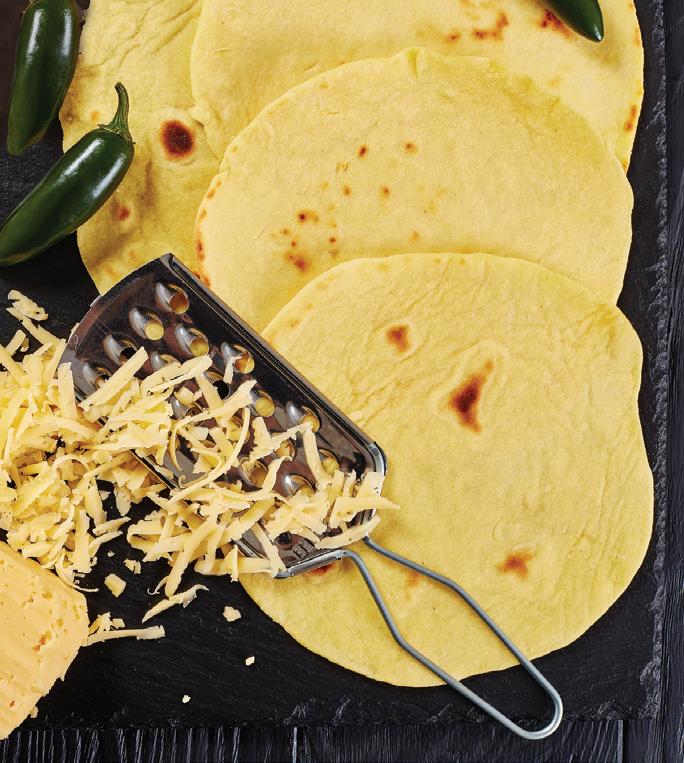
5. Bake until cheese is completely melted, approximately 8 to 10 minutes. Garnish with lettuce and tomato.
Per serving: 500 Calories, 23 g Protein, 49 g Carbohydrates, 12 g Total sugars (0 g Added sugars), 8 g Fiber, 25 g Total fat (13 g sat), 1,506 mg Sodium, ★★★★★ Calcium, Phosphorus, ★★★ Zinc, ★★ Vitamin A, B2 (riboflavin), B6, B12, Magnesium, ★ Vitamin B1 (thiamine), B3 (niacin), C, K, Folate, Iron
1½ c low-sodium chicken broth
1 lb boneless, skinless chicken breasts, trimmed
1½ lb tomatillos, husks and stems removed, rinsed well, dried, and halved
3 poblano chilis, stemmed, halved, and seeded
1–2½ tsp sugar, divided
1 tsp table salt
Freshly ground black pepper
8 oz pepper Jack or Monterey Jack cheese, shredded (2 c), divided
½ c chopped fresh cilantro
12 (6 inch) corn tortillas
2 scallions, sliced thin
Thinly sliced radishes
Sour cream
1. Adjust 1 oven rack to the middle position and a second rack 6 inches from the broiler element. Heat broiler. Heat 2 teaspoons of the oil in a medium saucepan over medium heat until shimmering. Add onion and cook until softened and lightly browned, 5 to 7 minutes. Stir in cumin and two-thirds of garlic and cook until fragrant, about 30 seconds. Stir in broth and bring to a simmer.
2. Add chicken and reduce heat to medium-low. Cover and simmer until chicken registers 160˚, 15 to 20 minutes, flipping chicken halfway through cooking. Transfer chicken to a cutting board and let cool slightly.
3. While chicken cools, measure out ½ cup of the chicken cooking liquid and set aside; discard remaining liquid. Toss tomatillos and poblanos with 1 teaspoon of the oil. Arrange tomatillos cut side down and poblanos skin side up on an aluminum foil–lined rimmed baking sheet. Broil on the upper rack until vegetables blacken
and start to soften, 5 to 10 minutes, rotating sheet halfway through broiling. Let tomatillos and poblanos cool slightly, and then remove skins from poblanos (leave tomatillo skins intact). Heat oven to 450˚.
4. Transfer vegetables, along with any accumulated juices, to a food processor. Add 1 teaspoon of the sugar, salt, remaining garlic, and reserved cooking liquid to food processor. Pulse until sauce is somewhat chunky, about 8 pulses. Season with salt and pepper to taste, and adjust tartness by stirring in remaining sugar, ½ teaspoon at a time. Set aside.
5. When chicken is cool, shred with 2 forks into bite-size pieces. Combine chicken with 1½ cups of the cheese and the cilantro; season with salt to taste.
6. Grease a 13x9-inch baking dish (or similar size casserole dish). Brush both sides of tortillas with remaining 2 tablespoons of oil. Stack tortillas, wrap in a damp dish towel, and place on a plate. Microwave until warm and pliable, about 1 minute. Working with 1 warm tortilla at a time, spread ¹⁄³ cup chicken filling across center. Roll tortilla tightly around filling and place seam side down in baking dish, arranging enchiladas in 2 columns across width of dish. Cover completely with remaining sauce. Sprinkle with remaining ½ cup of cheese.
7. Cover dish tightly with greased aluminum foil and bake until enchiladas are heated through, 15 to 20 minutes. Let enchiladas cool for 10 minutes. Sprinkle with scallions, and serve, passing radishes and sour cream separately.
Kitchen Note: In enchiladas verdes, the bright, citrusy flavors of green chilis and tomatillos offer fresh contrast to the richness of chicken wrapped in soft corn tortillas and topped with melted cheese. To increase spiciness, reserve some of the chilis’ ribs and seeds and add them to the food processor in step 4. To avoid soggy enchiladas, be sure to cool the chicken filling before filling the tortillas.
Per serving: 529 Calories, 35 g Protein, 38 g Carbohydrates, 9 g Total sugars (1 g Added sugars), 6 g Fiber, 27 g Total fat (11 g sat), 775 mg Sodium, ★★★★★ Vitamin C, Phosphorus, ★★★★ Calcium, ★★ Vitamin B2 (riboflavin), B3 (niacin), B6, B12, K, Magnesium, Potassium, Zinc, ★ Vitamin A, B1 (thiamine), E, Folate, Iron
1 hr 45 min prep time serves 6


From fresh produce to convenient, ready-to-serve delectables we can help make this spring a Minnesota classic. At Lunds & Byerlys, we’re your local resource for everything you need to come out of hibernation like a lion.
From fresh produce to convenient, ready-to-serve delectables we can help make this spring a Minnesota classic. At Lunds & Byerlys, we’re your local resource for everything you need to come out of hibernation like a lion.
Find healthy options and convenient quality at lundsandbyerlys.com
Find healthy options and convenient quality at lundsandbyerlys.com

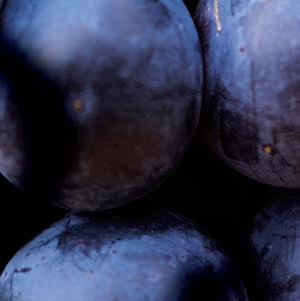
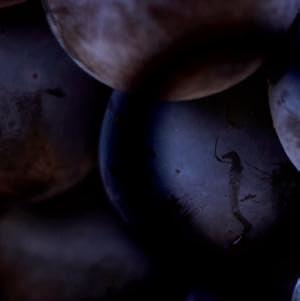
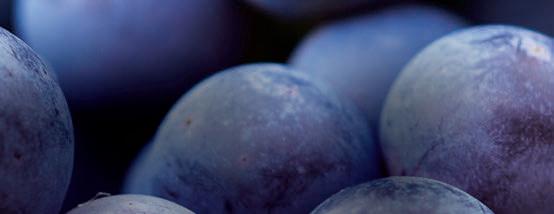

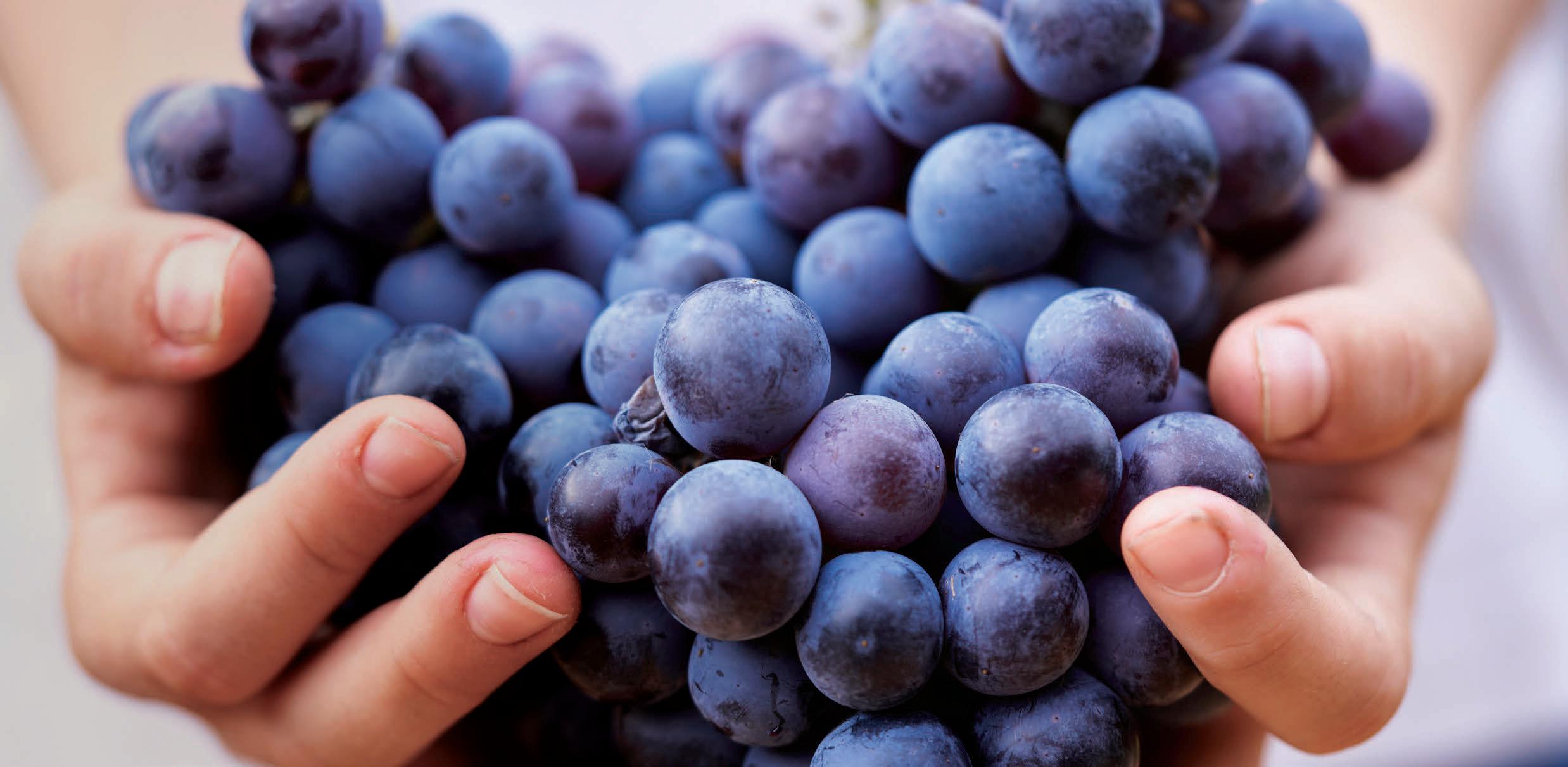
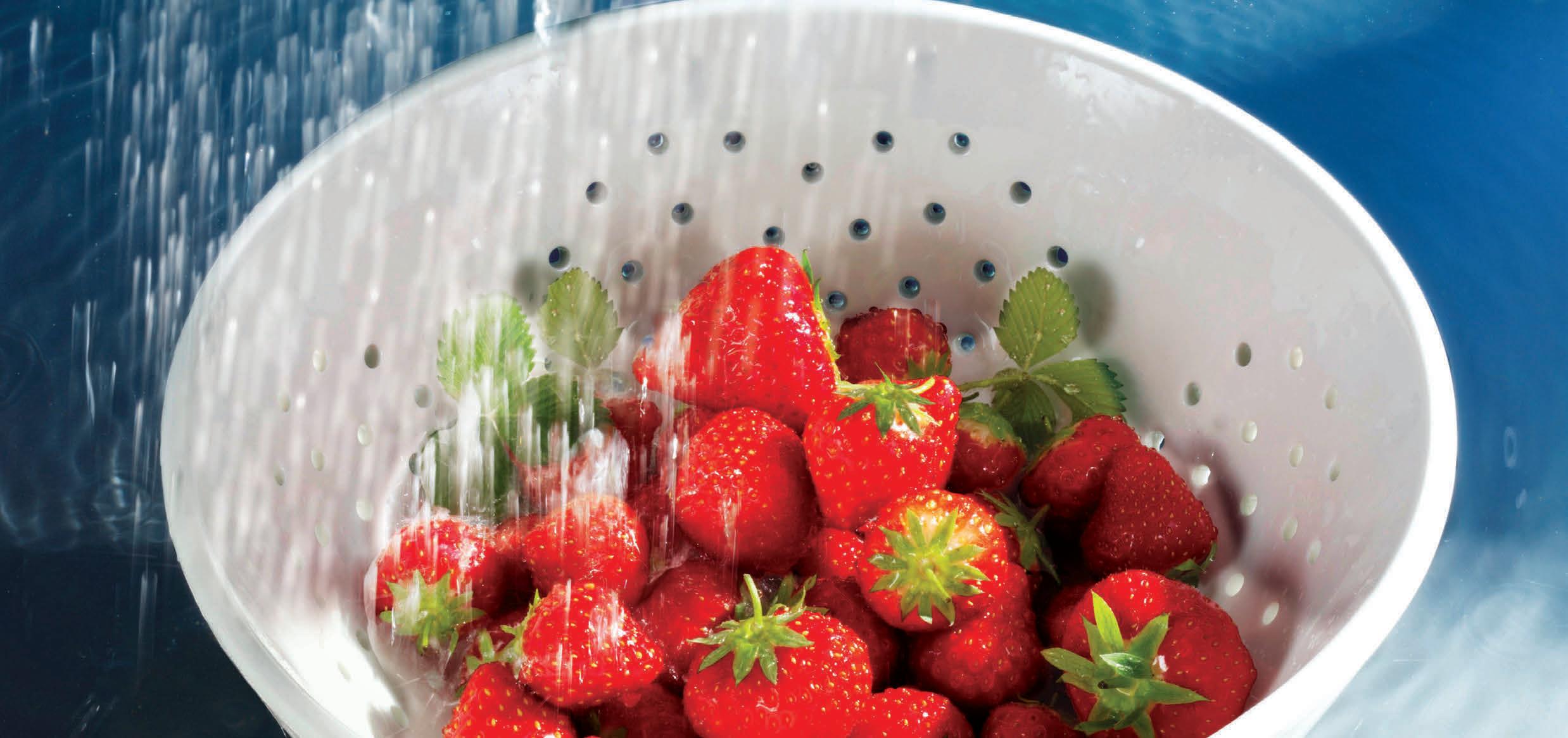

INGREDIENTS:
Zest from 1 lime
Juice from 1 lime
½ tsp kosher salt, plus more to taste
2 tsp ground cumin, divided

1½ tsp L&B Guacamole Seasoning, divided
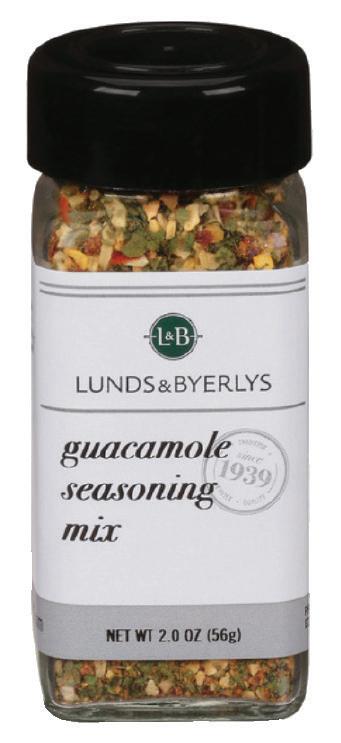
2 Tbsp adobo sauce (from a can of chipotle peppers in adobo sauce)
1 chipotle pepper, minced
¼ c plus 2 Tbsp extra virgin olive oil, divided
4 garlic cloves, minced
1½ pounds boneless skinless chicken breasts
DIRECTIONS:
1. To make the marinade: In a large bowl, whisk together lime zest, lime juice, ½ teaspoon kosher salt, 1 teaspoon cumin, 1 teaspoon L&B guacamole seasoning, adobo sauce, chipotle pepper, ¼ cup olive oil, and half of the minced garlic. Reserve and set aside 2 tablespoons of marinade.
2. Season chicken on both sides with salt and pepper. Place chicken in marinade and toss to coat. Cover with plastic wrap and marinate for at least an hour up to overnight in the refrigerator.
3. Meanwhile, cook jasmine rice according to package instructions. Keep warm and set aside.
4. To cook the fajita vegetables: In a large cast iron skillet, heat remaining 2 tablespoons of olive oil over medium high heat until shimmering. Add red onion and
Freshly ground black pepper, to taste
1 c jasmine rice
1 red onion, halved and thinly sliced
1 red bell pepper, seeded and sliced ¼’’ thick
1 orange bell pepper, seeded and sliced ¼’’ thick
1 green bell pepper, seeded and sliced ¼’’ thick
1 jalapeño, seeded and minced
1 tsp grapeseed oil
Freshly chopped cilantro, for garnish
L&B mild salsa, for garnish
Queso Fresco, crumbled, for garnish
cook, stirring constantly, until they begin to soften and brown, 3 to 4 minutes.
5. Add bell peppers and jalapeño and cook, stirring constantly, until they begin to soften, 3 to 4 minutes.
6. Reduce the heat to medium. Add remaining garlic, 1 teaspoon cumin and ½ teaspoon L&B guacamole seasoning. Continue to cook, stirring occasionally, for 5 to 8 minutes or until the bell peppers begin to caramelize.
7. Add the reserved 2 tablespoons of marinade and scrape the bottom of the skillet with a wooden spoon to deglaze it. Cook for 1 minute then transfer fajita vegetables to a large plate. Wipe out the skillet with a paper towel.
8. Add grapeseed oil to skillet and heat over medium high heat. Remove the chicken from marinade, shaking off any
excess and reserving marinade. Place the chicken in the skillet, round side down, cook for 5 minutes, until the chicken is charred.
9. Flip the chicken and reduce the heat to medium. Add the marinade. Cover and cook, flipping the chicken occasionally, for about 10 minutes or until chicken registers 165 F on an instant read thermometer.
10. Remove the pan from the heat and let the chicken rest for 5 minutes. Transfer chicken to a cutting board and slice it into thick strips.
11. To serve, divide the cooked rice between bowls. Top with sliced chicken, fajita vegetables, cilantro, salsa and queso fresco.
12. Serve hot. Leftovers can be stored in an airtight container in the refrigerator for up to 3 days.
L&B Guacamole Seasoning — Our L&B Guacamole seasoning is made with garlic, onion, cilantro, cumin, red pepper, sun-dried tomato and lemon peel. To create a fresh, traditional guacamole, mix one tablespoon with one avocado. Add lime juice and salt to taste. Our seasoning is free of additives, preservatives and MSG.
Ideas & Solutions — For a zesty breakfast, season your eggs with L&B Guacamole Seasoning! Mix it into sour cream for a delicious nacho or taco topper. Add a boost of flavor by sprinkling on top of avocado toast.
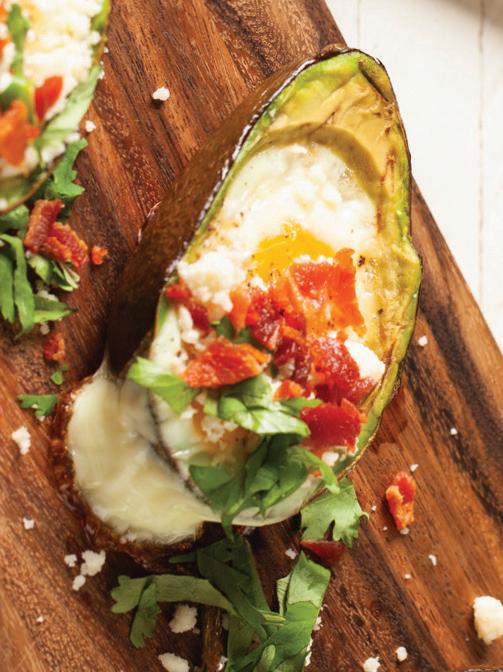
Summer is on its way, and with it come bright, sunny days and lots of time spent outdoors. Take steps to protect your skin from the sun so you can enjoy the beautiful days ahead.

More than 90 percent of skin cancer is caused by exposure to the sun. Ultraviolet (UV) rays come from the sun, but also from items like sun lamps and indoor tanning beds. While exposure to UV radiation helps the body create beneficial and essential vitamin D, it can also increase health risks.
Here are some easy ways to protect yourself from UV radiation and still enjoy the sun.
Look for sunscreen with an SPF of at least 30 that’s labeled broad spectrum. These products have been tested and shown to protect against both UVA and UVB rays.
Avoid sunscreens that contain PABA or fragrances, which can irritate the skin.
Apply at least an ounce of sunscreen generously to your face, neck, arms, and legs 30 minutes before heading outside.
Use a lip balm with SPF to protect your lips. For swimming, make sure your sunscreen is water resistant. Apply it every two hours, or as indicated by the product label.
Choose lotions over sprays. Lotions apply more evenly, and most people do not apply enough spray to reach the desired SPF.
Seek shade from 10 a.m. to 4 p.m. when rays are at their strongest.
Wear a hat with at least a 2- to 3-inch brim to protect your face, ears, head, and neck. Choose a pair of wraparound sunglasses that protect from both UVA and UVB rays.
To protect your arms and legs, wear long-sleeved shirts and pants if possible. Dark clothing can offer more protection than light. Tightly woven fabrics are better than those that have a loose weave.
Avoid indoor tanning. It’s linked with an increased risk of melanoma.
SELECTED SOURCES “How do I protect myself from ultraviolet (UV) rays?” American Cancer Society, www.Cancer.org • “Sun protection”; “UV Radiation & your skin,” Skin Cancer Foundation, www.SkinCancer.org • “UV radiation,” www.CDC.gov, 7/5/22
According to the Skin Cancer Foundation, 20 percent of Americans will develop skin cancer by age 70, and getting five or more sunburns doubles your risk for melanoma. The good news: The five-year survival rate for melanoma is 99 percent, when detected early. Visit SkinCancer.org to learn how to do a monthly self-check of your skin—it could save your life.
There are three types of UV radiation rays: ultraviolet A (UVA), ultraviolet B (UVB), and ultraviolet C (UVC). UVC is absorbed by the earth’s atmosphere and ozone layer, so it’s not much of an issue. UVA and UVB rays are the ones to be concerned about.
• Both UVA and UVB rays can cause skin cancer. UV rays are also linked to eye damage, including cataracts. Skin damage from both UVA and UBA rays is cumulative and your risk of developing skin cancer increases with repeat exposure over time.
• UV rays intensify during spring and summer. Water, sand, snow, and pavement cause UV rays to bounce, so exposure increases when you’re near these areas.

• UVA rays account for up to 95 percent of the UV radiation that reaches us here on earth, and they can penetrate both windows and cloud cover. UVA rays cause premature aging of the skin.
• UVB rays are responsible for sunburns and can cause damage to your skin all year long. While they can be reflected by snow or ice, they do not penetrate glass.

Both plans emphasize vegetables, fruits, whole grains, and other healthy options while limiting red meat, sugary snacks, saturated fats, and highly processed foods. The DASH diet (Dietary Approaches to Stop Hypertension), pays particular attention to limiting salt intake, a significant factor in high blood pressure.

Heart health, brain health, and other physical systems all benefit from a nutritious diet.
In the DASH, Mediterranean, and similar eating plans:
✔ Olive oil is the healthy choice for cooking and salad dressings.
✔ Fish is preferred over red meats, especially fatty, coldwater fish such as salmon, sardines, and tuna.
✔ Fresh fruit is recommended over sweet desserts, although the occasional indulgence is fine.
✔ Beans, nuts, and legumes are considered healthy protein options.
✔ Low-fat and fat-free dairy options are good choices, especially probiotic-rich yogurt and kefir.
✔ Green leafy vegetables (spinach, kale, lettuces) and cruciferous vegetables (broccoli, Brussels sprouts, cabbages) are particularly high in nutrients and allimportant fiber.
Nutritional supplements can help round out a healthy diet and potentially fill in any gaps. ●
SELECTED SOURCES “DASH eating plan,” National Heart, Lung, and Blood Institute, www.nhlbi.nih.gov
• “DASH diet: What is it, meal plans and recipes,” Cleveland Clinic, www.health.ClevelandClinic.org, 6/18/21
• “Mediterranean diet for heart health,” Mayo Clinic, www.MayoClinic.org
• “What is the Mediterranean diet?” American Heart Association, www.Heart.org
Dietary trends may come and go like the seasons, but few have had the staying power of the Mediterranean and DASH diets.
Too much sodium in the bloodstream causes blood vessels to pull in extra water, increasing the volume of blood flowing in your blood vessels. This can lead to high blood pressure. Since most American adults will develop high blood pressure at some point in their lives, consuming less sodium can help reduce the risk.
The US Food and Drug Administration (FDA) recommends a Daily Value for sodium of less than 2,300 mg per day. The American Heart Association goes further than that, stating that the ideal limit for most adults is no more than 1,500 mg daily. One teaspoon of salt contains 2,300 mg of sodium. When reading labels, use the Daily Value to determine if a food is high in sodium—5 percent or less is considered low in sodium, whereas 20 percent
or more is considered high. Aim for less than 100 percent of the Daily Value of sodium per day and be mindful of serving sizes.
Certain foods tend to be high in sodium, so take care when consuming these popular packaged and prepared items:
• Breads and rolls
• Burritos and tacos
• Cold cuts and cured meats
• Pizza
• Sandwiches and burgers
• Soup
SELECTED SOURCES “Get the scoop on sodium and salt,” American Heart Association, www.Heart.org, 12/22/22 • “The salty six,” American Heart Association, www.Heart.org, 2020 • “Use the nutrition facts label to reduce your intake of sodium in your diet,” US Food and Drug Administration, www. FDA.gov, 6/21
Your bones are in a continual state of flux. Minerals are constantly moved out of bones, and new minerals are inserted in their place. This process results in your skeleton being completely remodeled as new bones every decade.
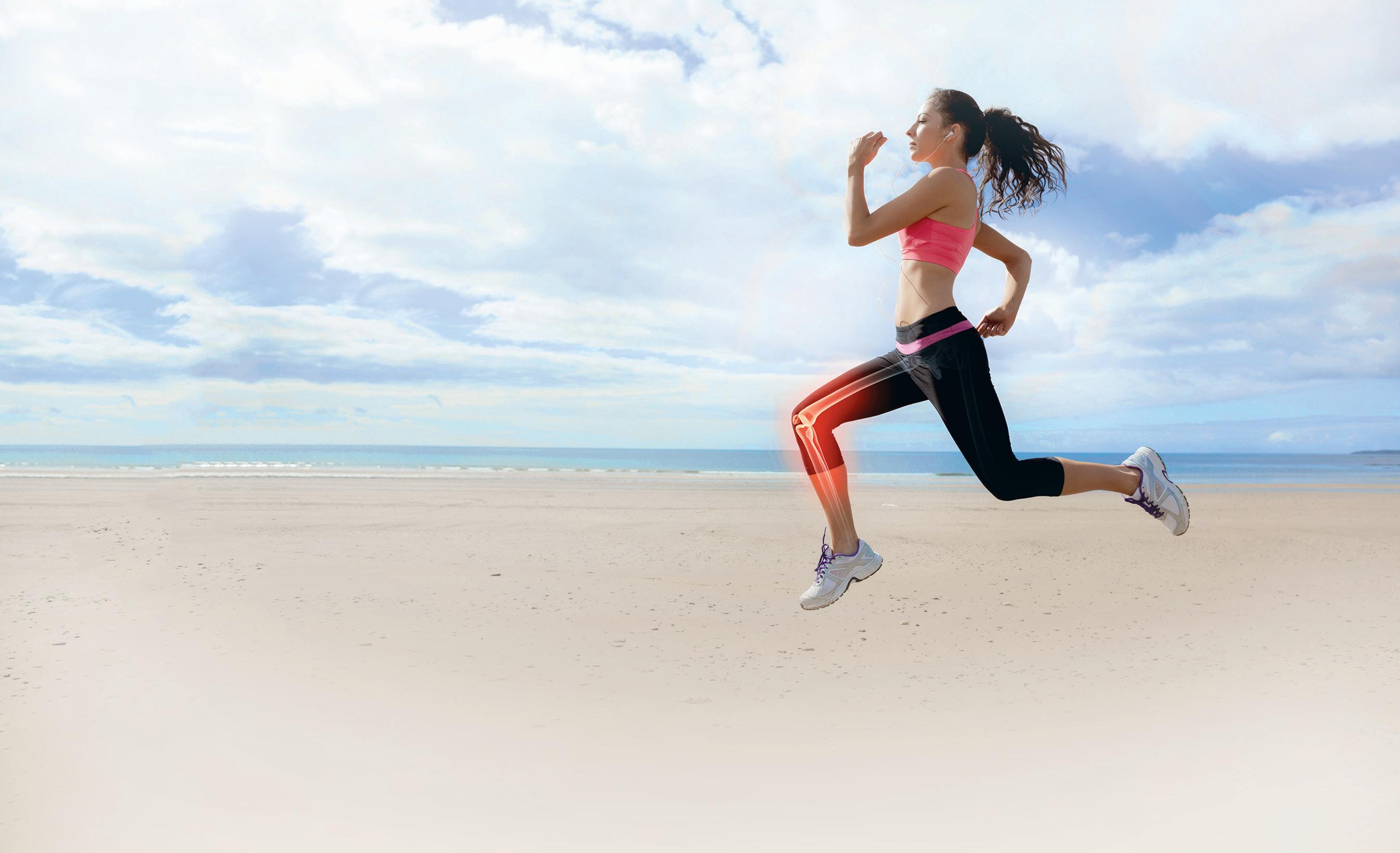
“Bone mass in adulthood depends on growth and mineralization acquired during childhood and adolescence,” write the authors of a 2022 overview published in the journal Environmental Science and Pollution Research. “It is well known that these stages of life are crucial for bone development, where genetic, nutritional, hormonal, and lifestyle factors play a significant role.”
The authors note several factors that can accelerate bone loss, including a lack of exercise, high intake of caffeine and carbonated drinks, poor diet, smoking, and excessive alcohol consumption. They add that “other factors like environmental pollutants can also negatively affect bone health and accelerate the bone loss process.”
One way to slow the process of bone loss is to focus on adding bone-strengthening nutrients to your diet. Here are three to consider:
q Calcium is practically synonymous with bones, and for good reason. Adequate calcium intake guards against fracture risk. There is no need to exceed recommended calcium amounts, which are 1,000 milligrams (mg) per day (through a combination of dietary and supplement sources) if you are 50 or younger and 1,200 mg per day for women 51 or older. Excessive calcium (e.g., double these numbers) can be troublesome for kidney and heart health.
But don’t be scared off about calcium: Most people fall short rather than getting too much of this mineral, and it’s especially important for postmenopausal women to keep up with calcium intake. For most people, calcium supplements are needed to make up this shortfall.
r Vitamin D doesn’t get as much attention as calcium, but it plays a huge role in bone health. Calcium and vitamin D work in concert to create break-resistant bones. Large studies document the benefit from supplementing with calcium plus vitamin D to reduce fracture risk in middle-aged and older adults.
s Omega-3 fatty acids show a promising protective effect on bone health in emerging research, particularly for postmenopausal women.
With an osteoporotic fracture occurring every three seconds worldwide, it pays to use every tool possible to build durable bones and avoid becoming another osteoporosis statistic. ●
SELECTED SOURCES “Bone health 2022: an update” by T.J. de Villiers and S.R. Goldstein, 2/22; “Effects of omega-3 fatty acids on bone turnover markers in postmenopausal women: Systematic review and meta-analysis” by D. Shen et al., 12/17, Climacteric • “Bone remodeling: A tissue-level process emerging from cell-level molecular algorithms” by C.F. Arias et al., 9/19/18; “Long-chain omega-3 polyunsaturated fatty acid dietary intake is positively associated with bone mineral density in normal and osteopenic Spanish women” by J. Lavado-García et al., 1/5/18, PLOS One • “Calcium in the prevention of postmenopausal osteoporosis: EMAS clinical guide” by A. Cano et al., Maturitas, 1/18 • “Calcium plus vitamin D supplementation and risk of fractures . . .” by C.M. Weaver et al., Osteoporosis International, 1/16 • “Overview of traditional and environmental factors related to bone health” by J.C. Rubio-Gutierrez et al., Environmental Science and Pollution Research, 5/22
The likelihood of osteoporosis (weak, brittle bones) increases significantly as we age, particularly in women, as declining production of estrogen after menopause raises the risk.
Bone cells called osteoclasts continually nibble away at bones, pulling out calcium. Meanwhile, another type of bone cell, called an osteoblast, sends calcium back into bones to build them up. When osteoclasts remove more calcium than is replaced, the bones weaken and the stage is set for osteoporosis.
Think of your bones as a bank account for calcium and other minerals: These minerals build up in density during childhood and through the teen years. Your bones reach peak bone mass density in young adulthood. Then the decline generally starts, which can—for many adults—end in a broken bone caused by osteoporosis.
Osteoporosis does not develop overnight. This disease is known as the “silent thief” because it siphons away the strength of your bones without outward signs—until a bone breaks.
Osteoporosis and low bone mass affect 44 million Americans, which is 55 percent of all people in the US older than age 50. It really is a women’s issue, with 8 out of every 10 people with thinning bones being female.
If you want to maintain dense, fractureresistant bones throughout life, try these steps:

✔ Eat calcium-rich foods, such as dairy products, leafy green vegetables (such as collards, kale, and parsley), sea vegetables (such as kelp and dulse), broccoli, and tofu.
✔ Take extra vitamin D, since this vitamin helps your body absorb calcium. Aim for 600 IU daily.
✔ Include weight-bearing exercises (such as walking, jogging, aerobics, dancing, or stair climbing) in your fitness routine to slow the loss of bone mass.
✔ Skip the saltshaker.
✔ Avoid soft drinks that contain phosphoric acid.
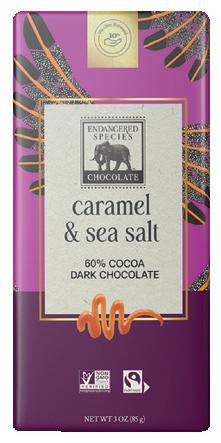
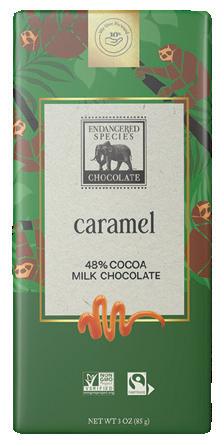
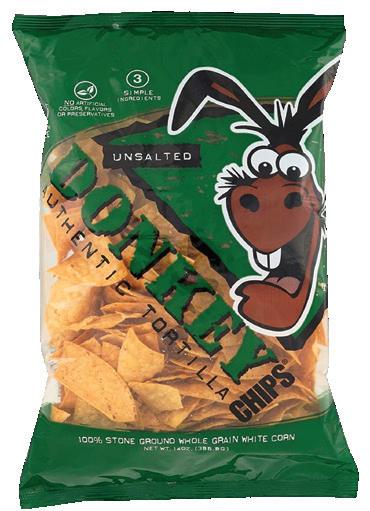
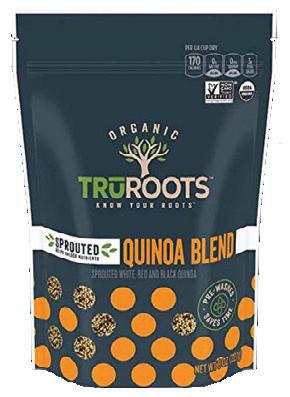

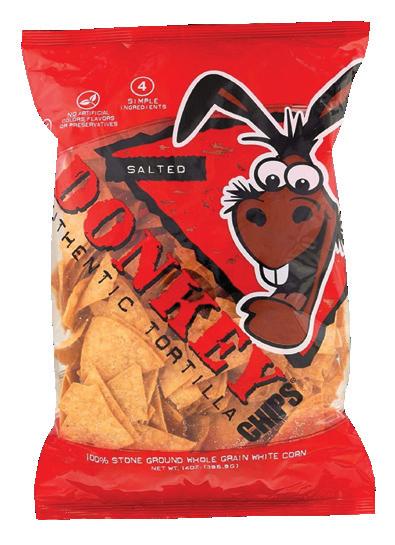
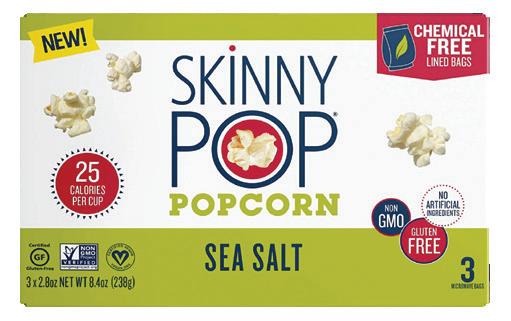
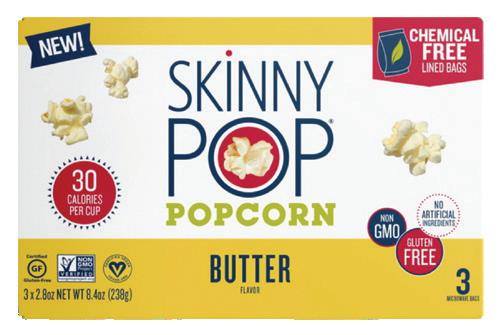
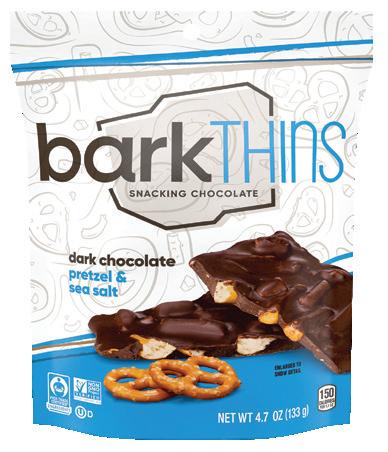
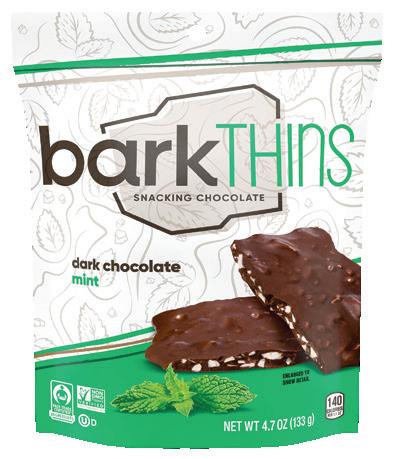
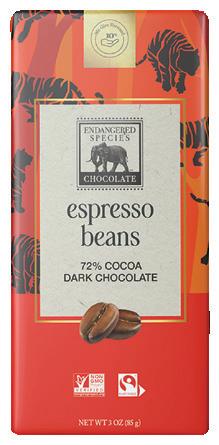
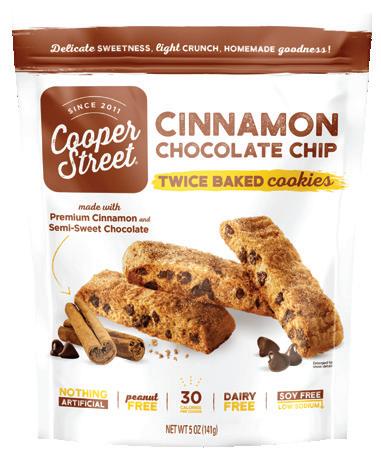
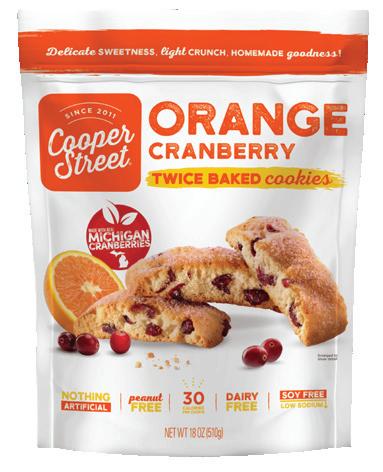
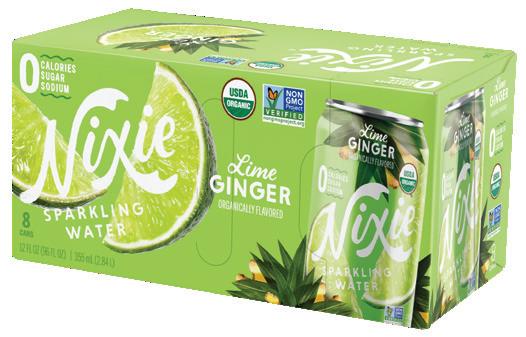
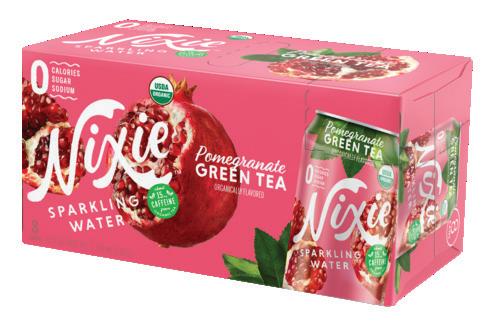
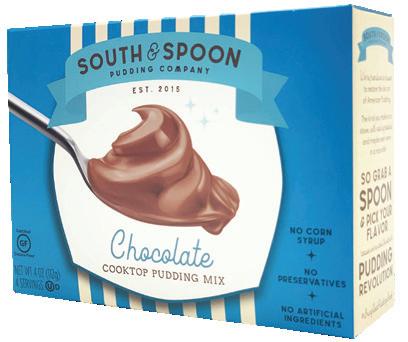
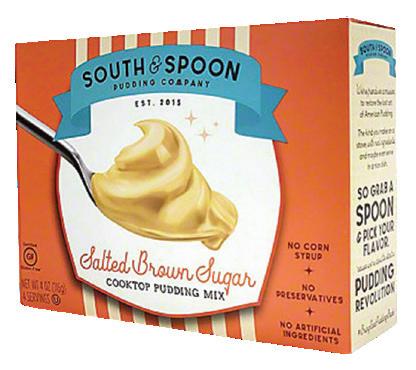
Dr. Praeger’s delivers the most delicious recipes made from simple, nutritious and meatless foods that help encourage good eating habits that last a lifetime.
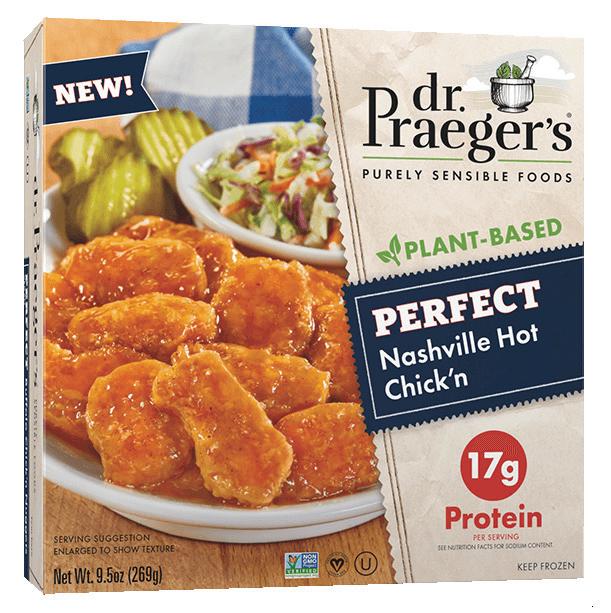
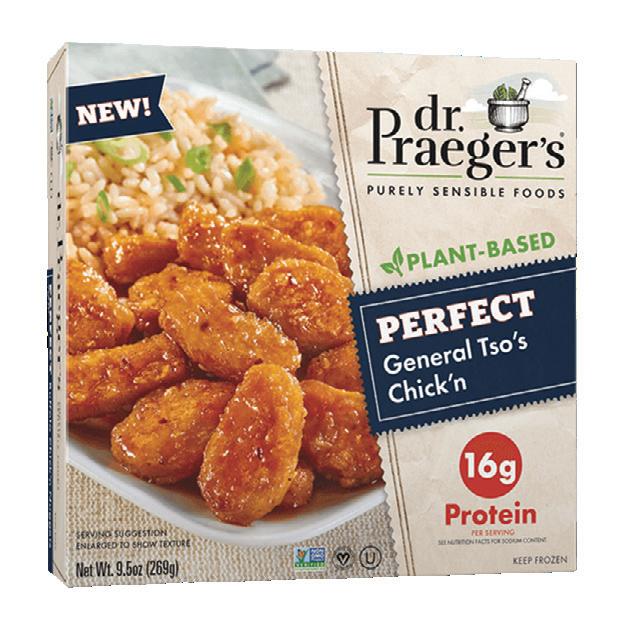
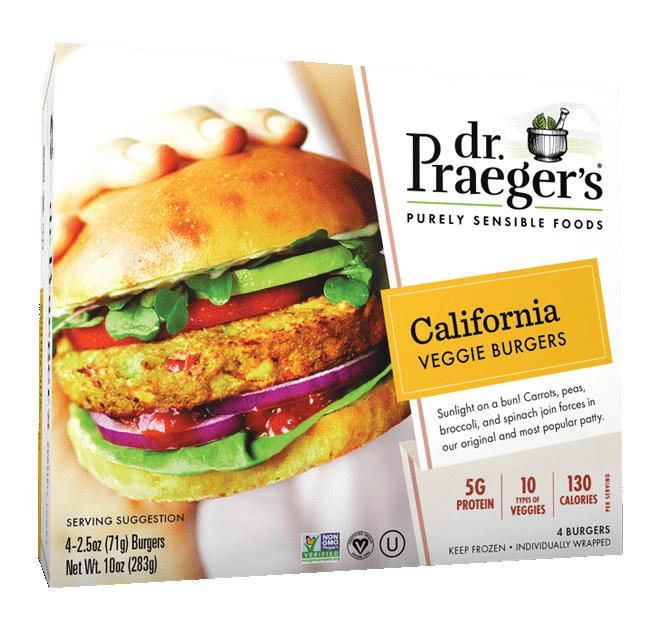

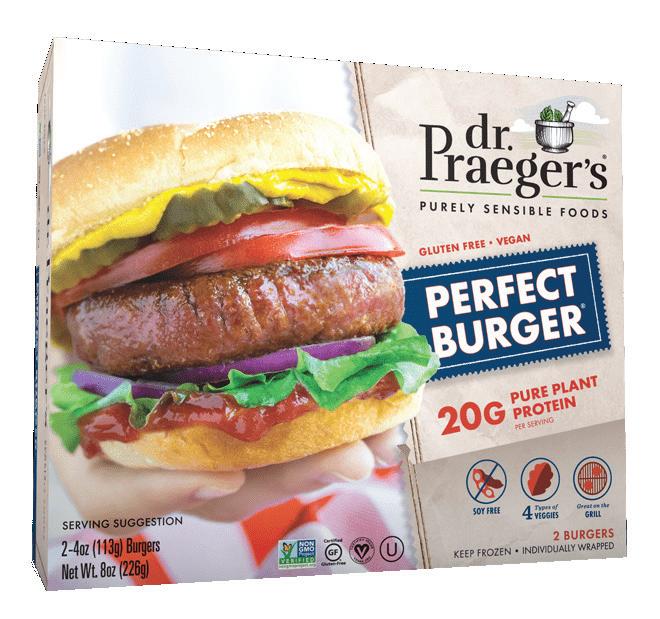
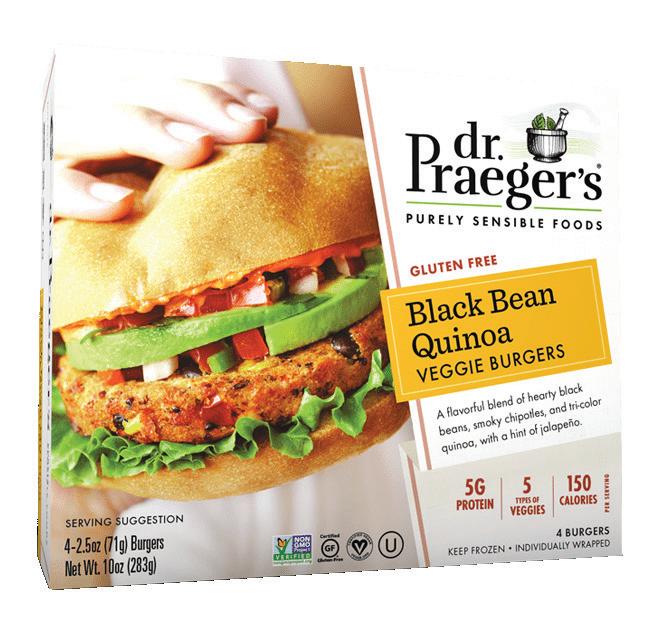
$5.99
Save $1.00 8 – 10 oz. SELECT VARIETIES
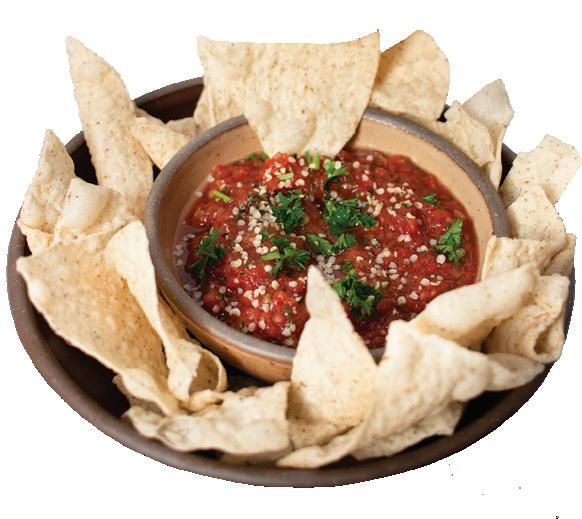
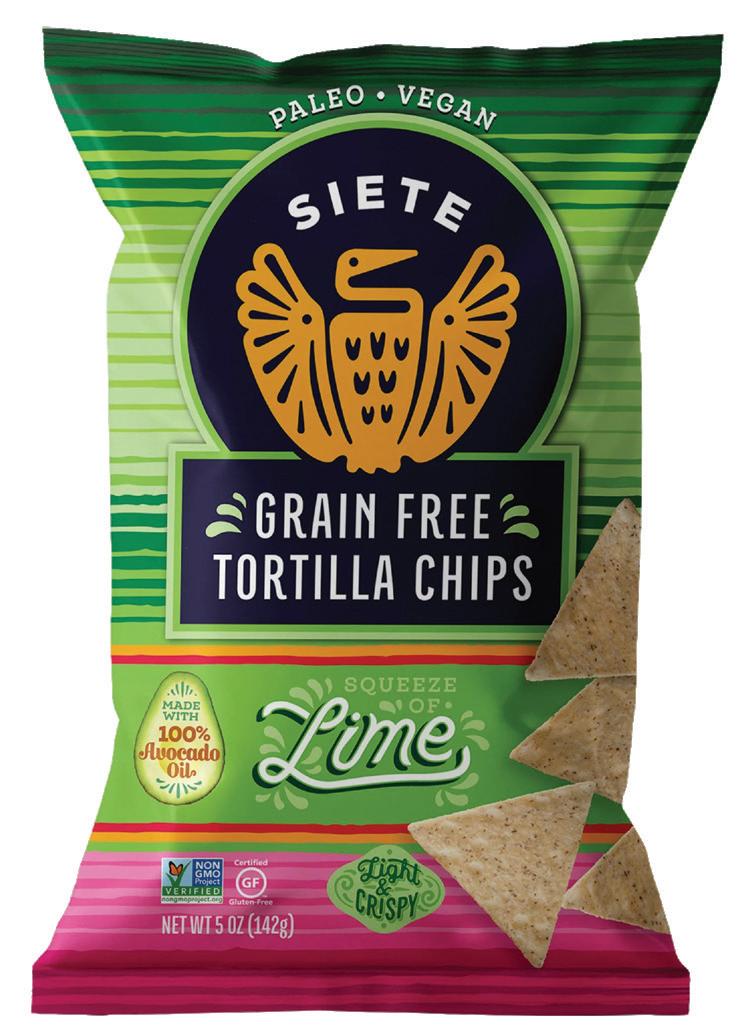
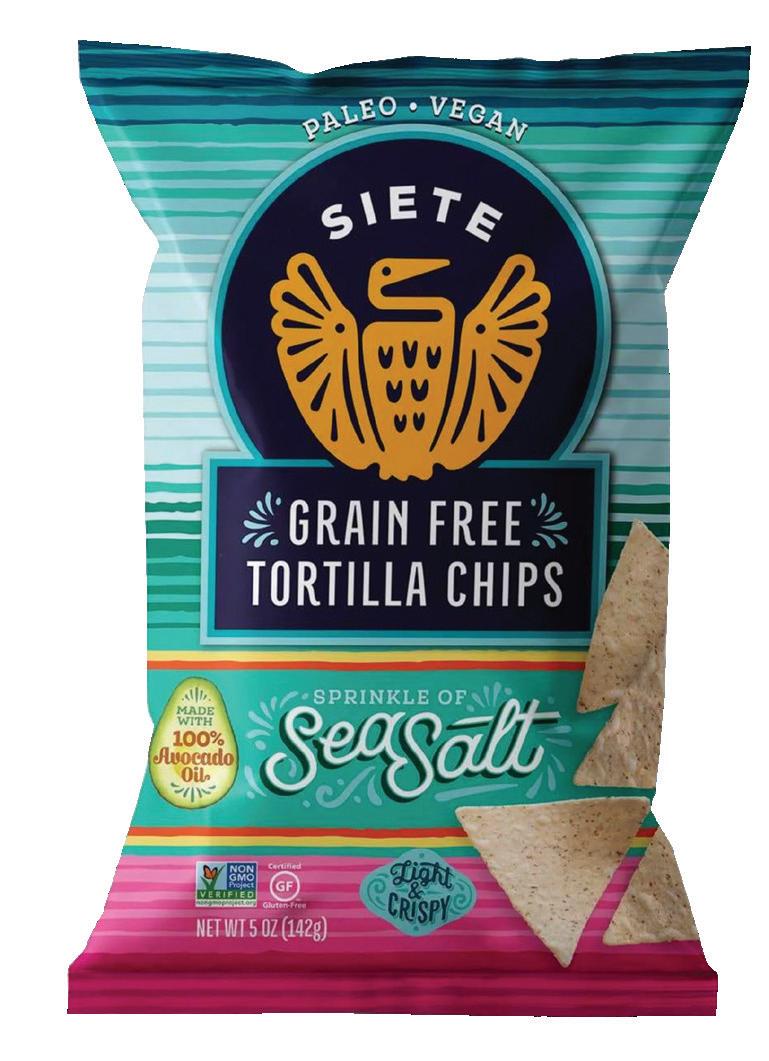
The Siete family creates grain-free MexicanAmerican foods with Salud y Sabor — “health and flavor.” Siete’s grain-free tortilla chips are made with simple ingredients like cassava flour and 100% avocado oil for gluten free and dairy free enjoyment.
$3.99 Save $1.20 5 oz. SELECT VARIETIES
Whether you are gluten intolerant, have celiac disease, or want to reduce your gluten intake, eating gluten-free can be a healthy and sometimes necessary option.
Gluten is a protein found primarily in wheat, barley, and rye. It’s a common ingredient in pastas, breads, cereals, pizza crusts, baked goods, soy sauces, and some snack foods.
If you have celiac disease, it’s imperative that you avoid all forms of gluten by following a strict gluten-free diet. Fortunately, many healthy foods are naturally gluten free: fruits, vegetables, eggs, lentils, beans, meat, fish, seafood, nuts, seeds, and dairy.
Here are some things to keep in mind when following a gluten-free eating plan.
A world of gluten-free flours exists out there. Each has its own flavor, consistency, and cost. Here are some popular options: almond flour, buckwheat flour, chickpea (garbanzo bean) flour, rice (brown and white) flour, and sorghum flour. Starches such as arrowroot, cornstarch, potato starch, and tapioca starch are also gluten free and frequently used in flour blends. Keep in mind that none of the above starches or flours on their own can serve as an all-purpose gluten-free
flour. Each must be blended with others in various combinations to mimic the properties of wheat flour. For best results, purchase an all-purpose gluten-free flour blend, or make your own from a trusted recipe source.
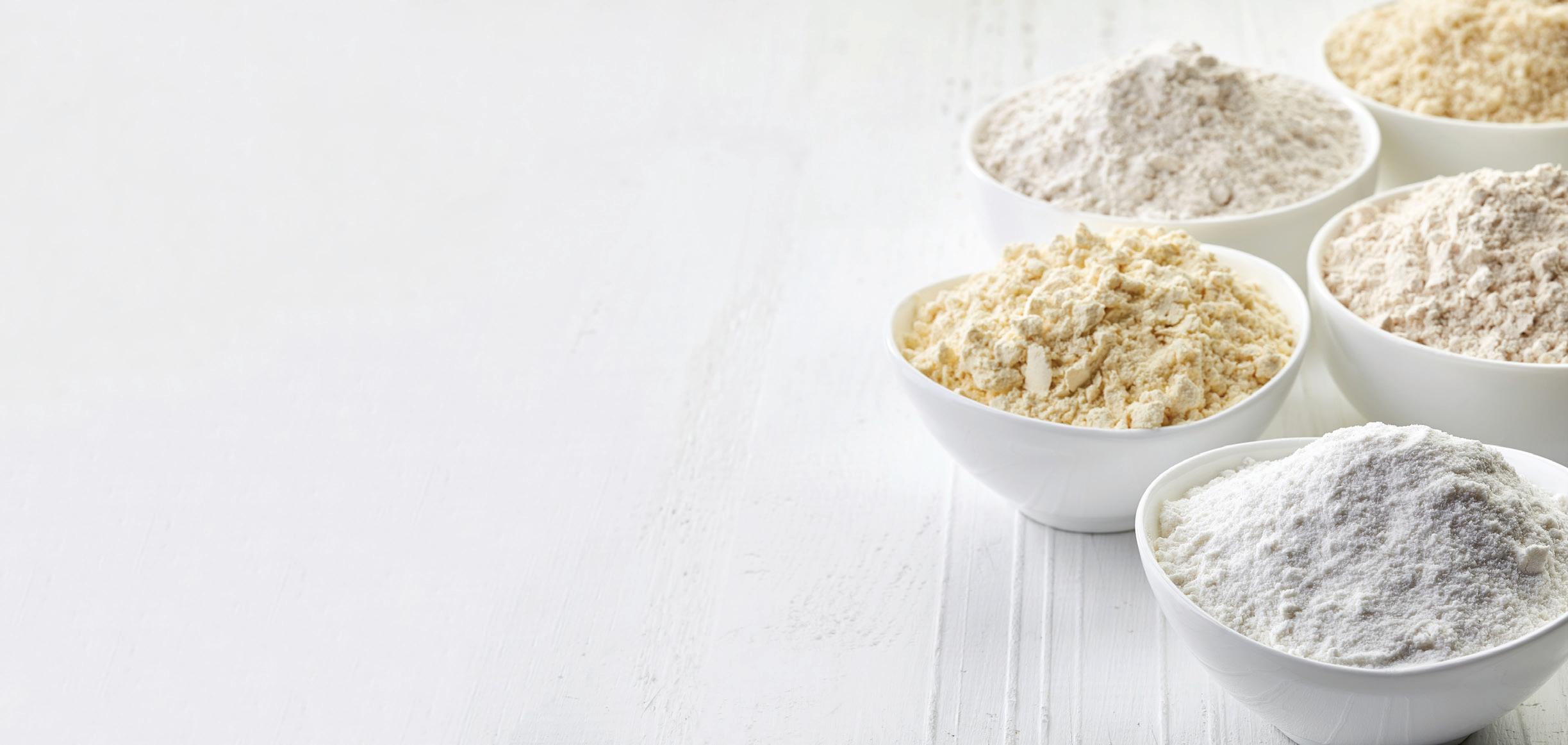
It’s not enough to look for the word “wheat” in ingredients lists. Gluten can hide in items like maltodextrin, dextrin, malt, malt flavoring, hydrolyzed vegetable protein, and modified food starch. Manufacturers can change ingredients at any time, so read product labels each time to be sure an item is still gluten free.
Gluten-free foods can cost substantially more than their wheatcontaining counterparts. Look on a company’s website for coupons. Or visit online coupon sites to help reduce costs. If you see a gluten-free food on sale that you like, buy extra.
Follow gluten-free baking recipes exactly as instructed. Just one additional tablespoon of water in a gluten-free bread recipe can cause recipe failure.
Xanthan gum is often added to store-bought and homemade
gluten-free flour blends. This ingredient helps prevent baked goods from crumbing and improves their texture.
For thickening sauces, soups, or stews, replace wheat flour with gluten-free alternatives like arrowroot, cornstarch, potato starch, tapioca starch, or rice flour. To thicken 1 cup of liquid, add one of the following: 1 Tbsp potato starch; 2 Tbsp arrowroot; 2 Tbsp cornstarch; 2 Tbsp rice (brown or white) flour; or 3 Tbsp tapioca starch.
Most store-bought gluten-free breads benefit from toasting in a toaster or a toaster oven. This helps improve gluten-free breads’ dense and sometimes spongy properties.
Most important of all: Remember that a gluten-free diet involves a lot of trial and error. It may take time to find your favorite recipes and food products. Don’t give up. It’s worth it. ●
From Easy Allergy Free Cooking by Kayla Cappiello ($26.99, Skyhorse Publishing, 2023)
2 Tbsp plant-based milk
2 mashed bananas
½ c peanut butter or nut
butter
3 Tbsp maple syrup, honey, or agave
½ c gluten-free flour
¼ c sugar or coconut sugar
½ tsp baking powder
¼ tsp baking soda
For topping
Sprinkle of sea salt
Vegan or sugar-free
chocolate chips
1. Preheat oven to 350°.
45 min prep time yields 9 blondies
2. Mix wet ingredients together in one bowl. Fully combine so there are no lumps. Mix dry ingredients together in another bowl. Slowly add wet ingredients to dry bowl. Combine.
3. Pour into a nonstick 9x9–inch baking dish. You can spray dish with light oil spray or line with parchment paper. Bake for 20 to 25 minutes. Remove from oven.
4. Immediately top with chocolate chips and salt. Let chocolate chips melt on top. Let cool for 15 minutes before serving.
Kitchen Note: These blondies are the perfect healthy snack or healthy dessert. They have no oil, no eggs, and no butter, but you’d never know! Packed with banana flavor, and vegan chocolate chips, these blondies are the perfect weeknight dessert. For a lower-sugar option: use a sugar substitute instead of sugar and unsweetened plant milk. For a nut-free option: use tahini. For a vegan option: use plant-based milk and sugar-free maple syrup or agave. Make sure your sugar is vegan.
Per serving (1 blondie made with peanut butter, maple syrup, and sugar-free chocolate chips): 230 Calories, 5 g Protein, 32 g Carbohydrates, 14 g Total sugars (10 g Added sugars), 3 g Fiber, 11 g Total fat (3 g sat), 177 mg Sodium, ★ Vitamin B2 (riboflavin)
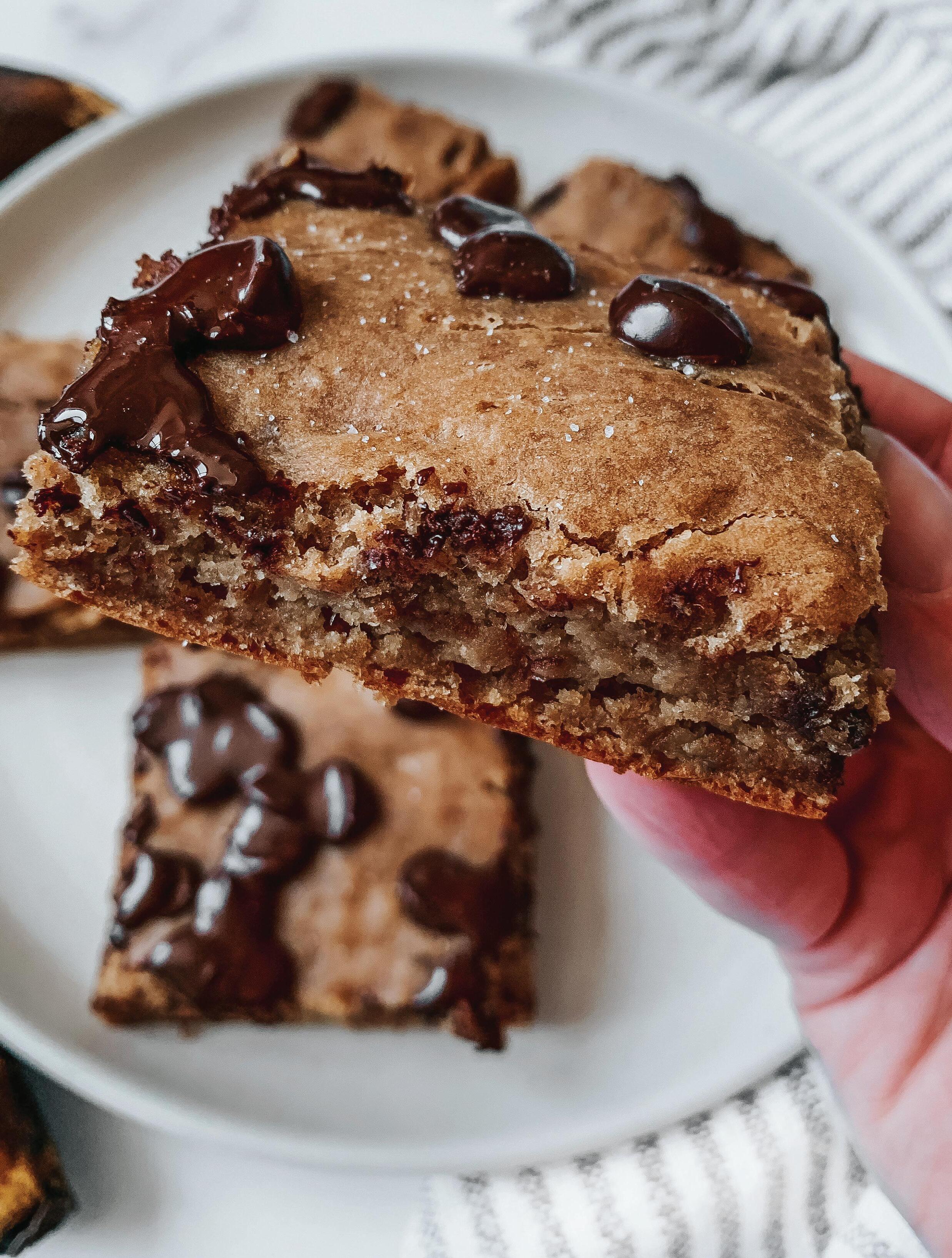
Keeping hormones in balance can be a tricky business for women throughout the lifespan. Fortunately, a few key supplements and lifestyle tweaks can help women reach that elusive sweet spot of hormonal balance—no matter which decade they’re in.
“Estrogen, although it is ‘friend,’ can also be ‘foe,’ in that too much at the wrong time can cause hormonal havoc,” explains Laurie Steelsmith, ND, LAc. In women from teens through menopause, estrogen dominance contributes to the PMS symptoms like irritability, bloating, breast tenderness, and fatigue. Lowering estrogen and enhancing production of another hormone, progesterone, can reduce these symptoms.
To lower estrogen, Dr. Steelsmith recommends foods that help the liver break down estrogen; these include cruciferous vegetables such as broccoli, cabbage, cauliflower, and Brussels sprouts. These vegetables contain compounds such as indole-3carbinol that convert unfriendly forms of estrogen into friendly forms of the hormone.
Dr. Steelsmith also recommends supplemental vitamin B6 because it helps the liver break down estrogen, acts as a natural diuretic, and can enhance mood by activating “feel good” brain chemicals such as serotonin.
New mothers are at the mercy of a hormone carnival ride after delivery, and it can take several months for
the ride to stop. Increasing fiber intake helps restore hormonal balance because fiber enhances estrogen excretion. Most women don’t get even half of the 25 grams of fiber they should eat every day. Increase your fiber intake over a couple of weeks since a sudden surge in intake could leave you bloated and gassy.
New hormone imbalance issues can crop up during the natural process of menopause including hot flashes, headaches, weight gain, mood swings, insomnia, and hair loss. Perimenopausal women who get plenty of the omega-3 fatty acid DHA appear to be at a lower risk of getting hot flashes, or if they do, the flashes are not as severe. These benefits were seen with omega 3s when the supplement was used for four months or longer.
Whether hormone changes occur during the reproductive years or as those years come to an end, there are many natural tools to bring hormones back into balance. ●

Phytoestrogens modulate estrogen levels in the body. If you have excessive estrogen—sometimes referred to as “estrogen dominance phytoestrogens might limit the negative impact. Meanwhile, if you’re postmenopausal and are producing almost no estrogen, phytoestrogen helps fill in some of the gaps to reduce bone loss and hot flashes.
Consider natural sources of phytoestrogens, including fermented soy (like miso and tempeh), beans and legumes, as well as ground flaxseeds which also have fiber and other beneficial constituents—for hormone balance.
Phytoestrogens tend to reduce the risk of estrogen-dependent cancers, but because there are so many forms and variables, most practitioners err on the side of caution and recommend avoiding them if you have an increased risk of breast, ovarian, or uterine cancer.

find the number of the garden objects below
Answers: 7 butterflies, 1 sun, 4 watering cans, 5 pots, 3 spades, 6 gloves, 2 boots, 8 leeks, 1 snail, 9 branches, 10 flowers, 2 rakes
Spyhouse is a Twin Cities roaster and retailer that cultivates relationships with those who share their passion and vision to source, roast and serve exceptional coffees.
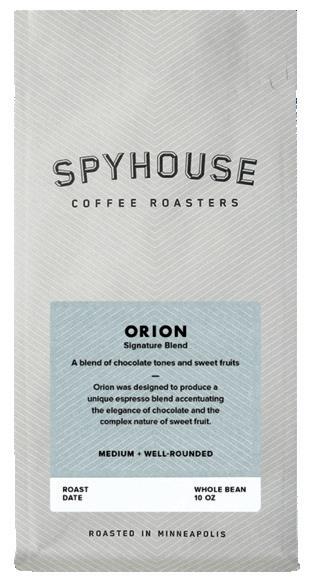

Mom’s Best Cereals are an ideal solution for parents who are looking for a natural alternative to sugar-laden cereals packed with artificial ingredients.
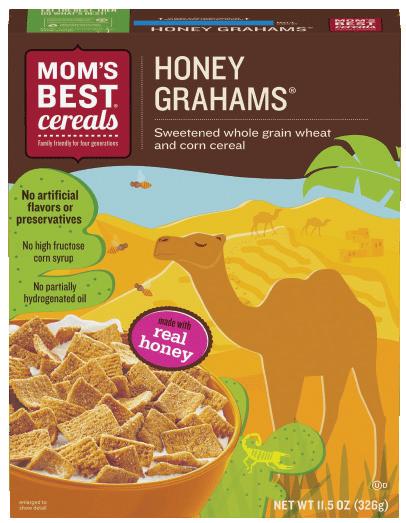
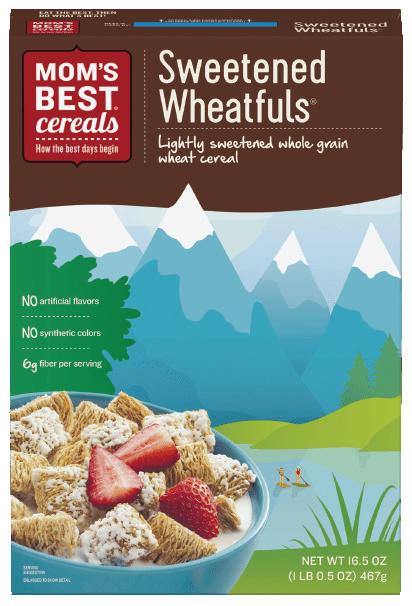
Tazo
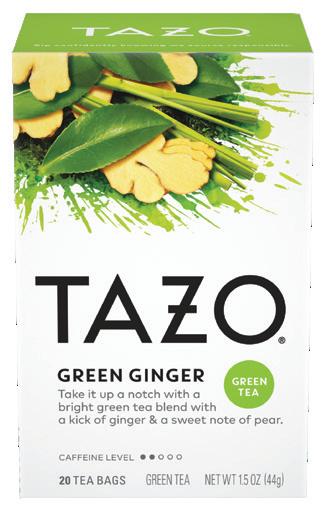
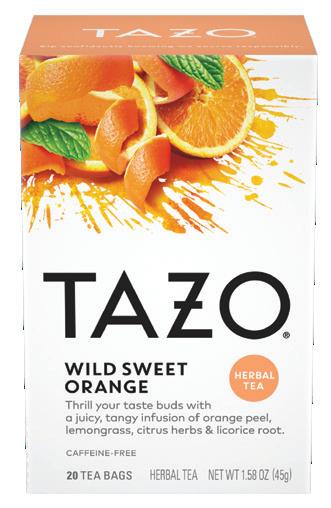
Crafting unexpected blends that pop with flavor, sourcing ingredients guaranteed to invigorate the senses and inspire new possibilities.
Each DelGrosso sauce was created by a different family member as a celebration of their sauce-making heritage.
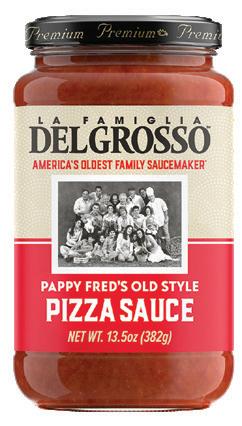
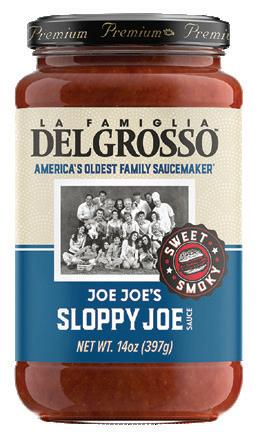
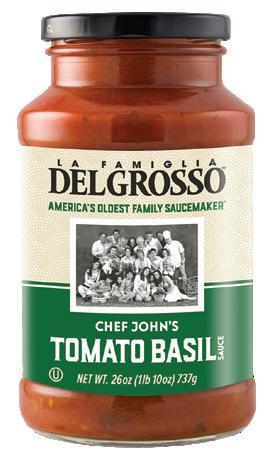
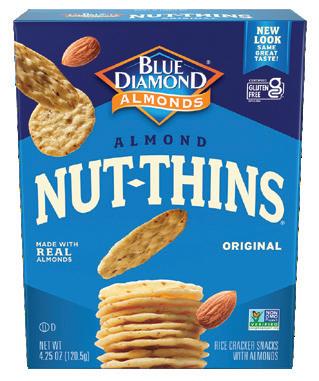
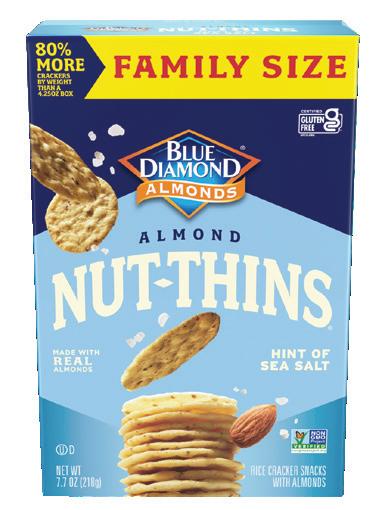
These crispy, crunchy, gluten-free crackers are loaded with nutritious, delicious nuts and baked to perfection. They’re wonderful for appetizers and ideal for snacking.
Save $1.70 16 – 20 ct. SELECT VARIETIES 2/$6.00 Save $2.78 on 2 11.5 – 16.5 oz. SELECT VARIETIES 2/$7.00 Save $2.98 on 2 4.25 – 4.5 oz. SELECT VARIETIES
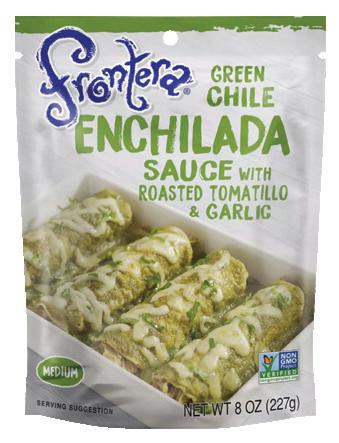
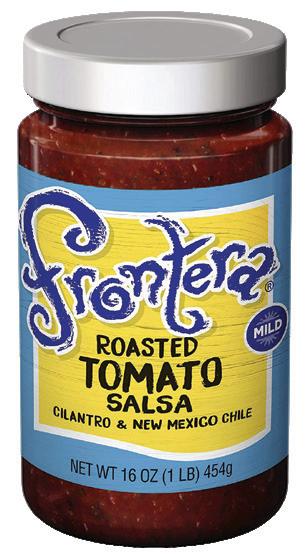
We’re a group of three friends who grew up in Mexico eating chilaquiles, cooking tacos, and loving our mothers’ home cooking. When we came to the United States, we enjoyed meeting up with friends at great Mexican restaurants, but we were disappointed with the options available for creating truly delicious Mexican meals at home. Together, we combined our Mexican heritage and our years of experience in the food community to create ready-to-eat foods that honor Mexico’s rich culinary traditions.
